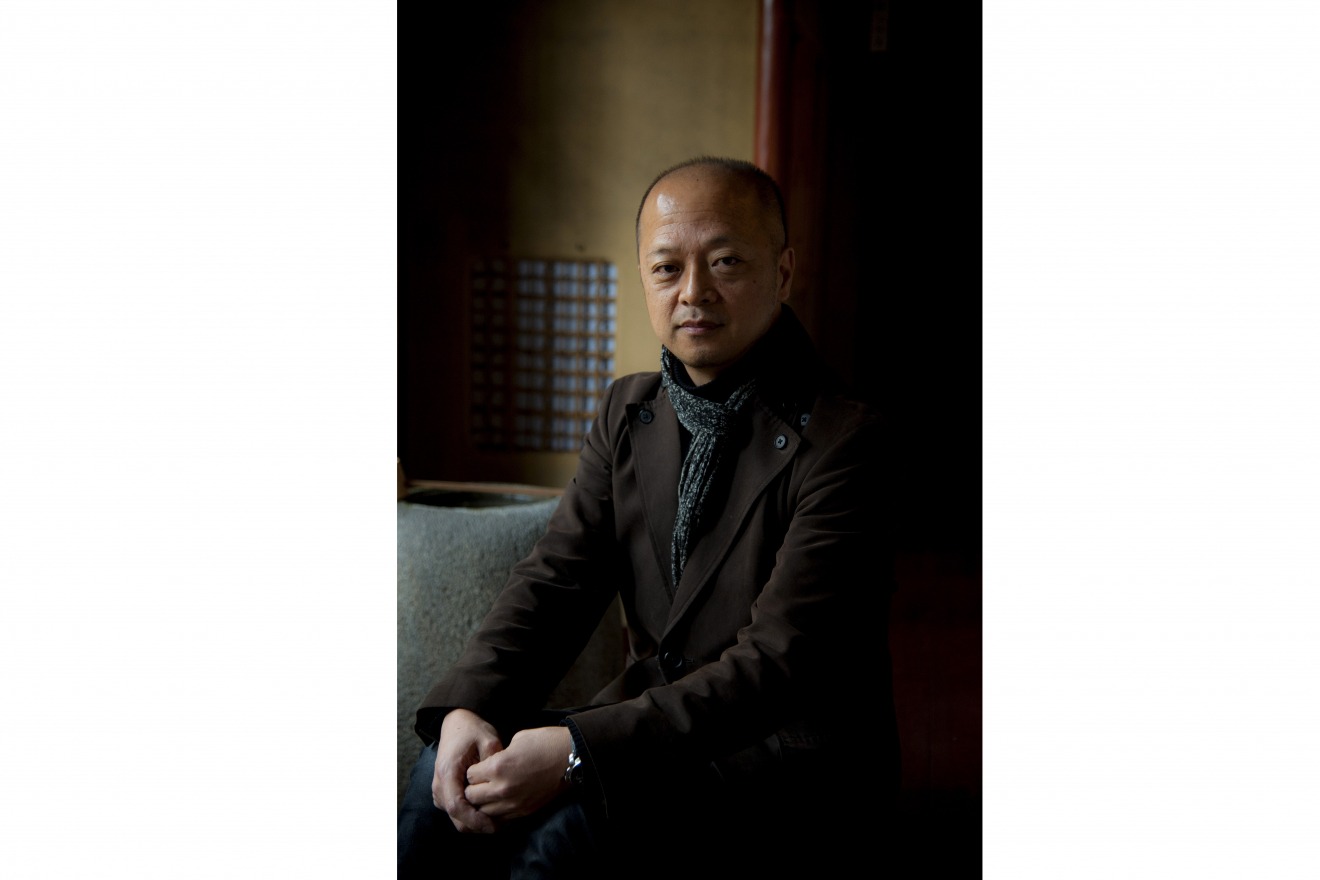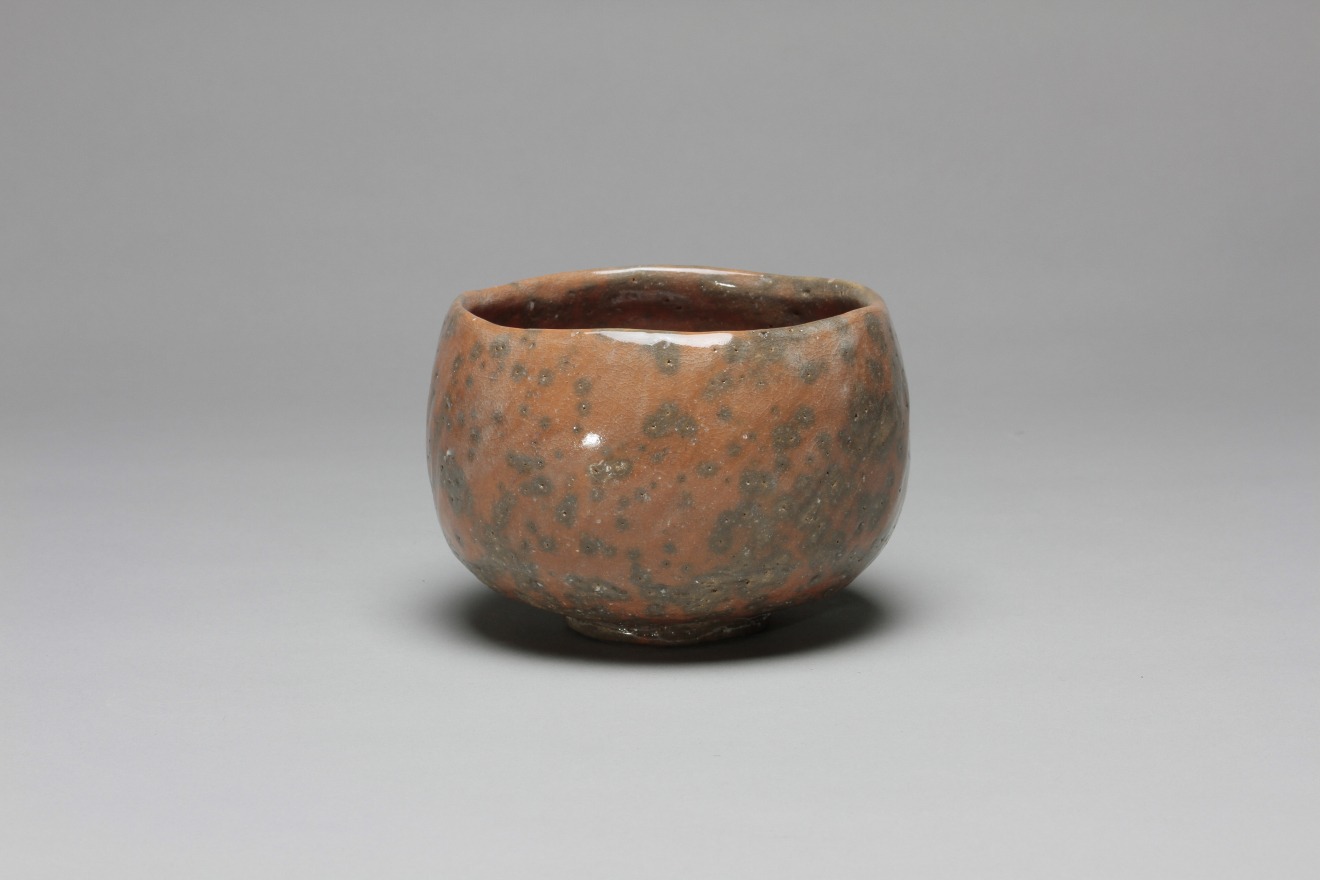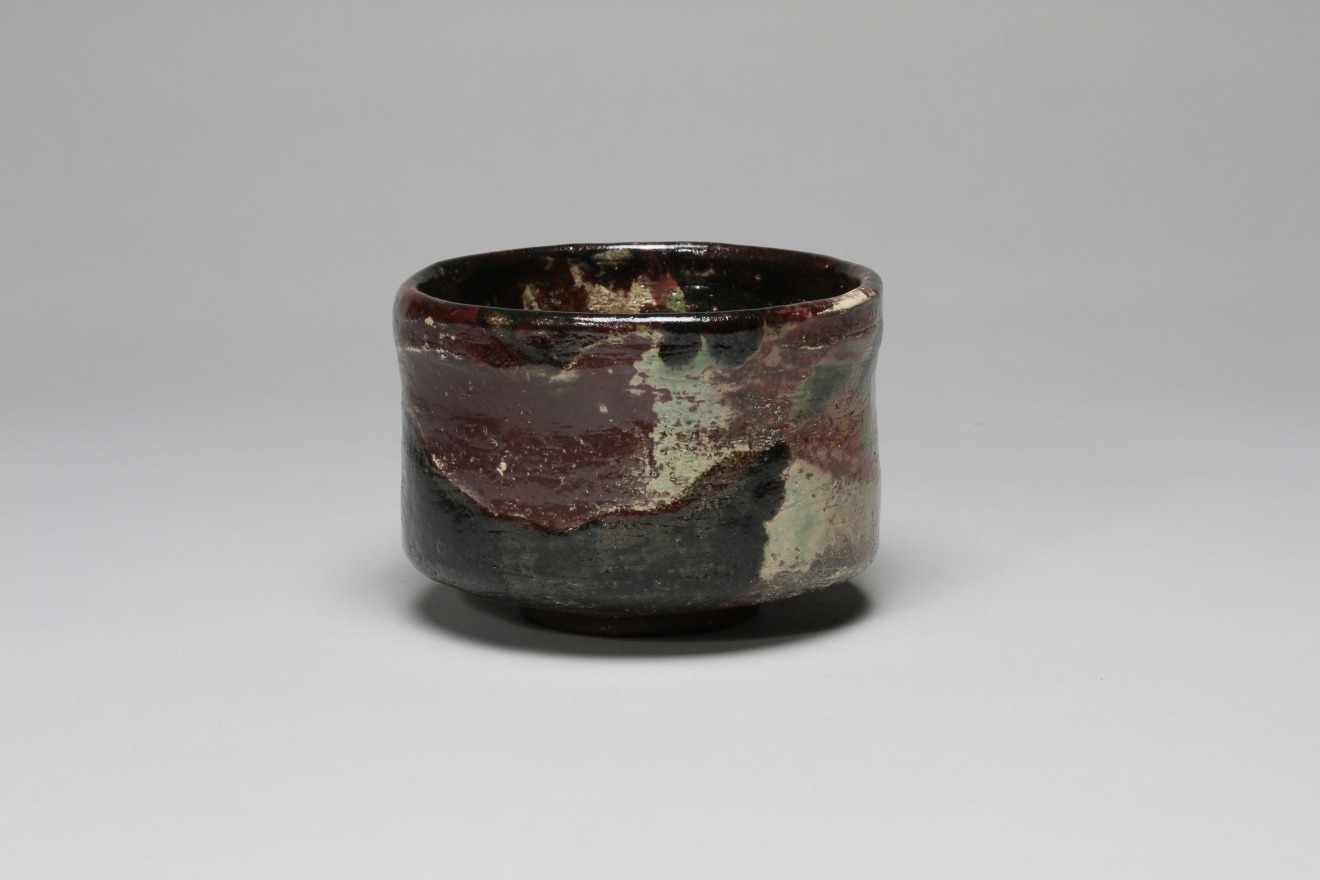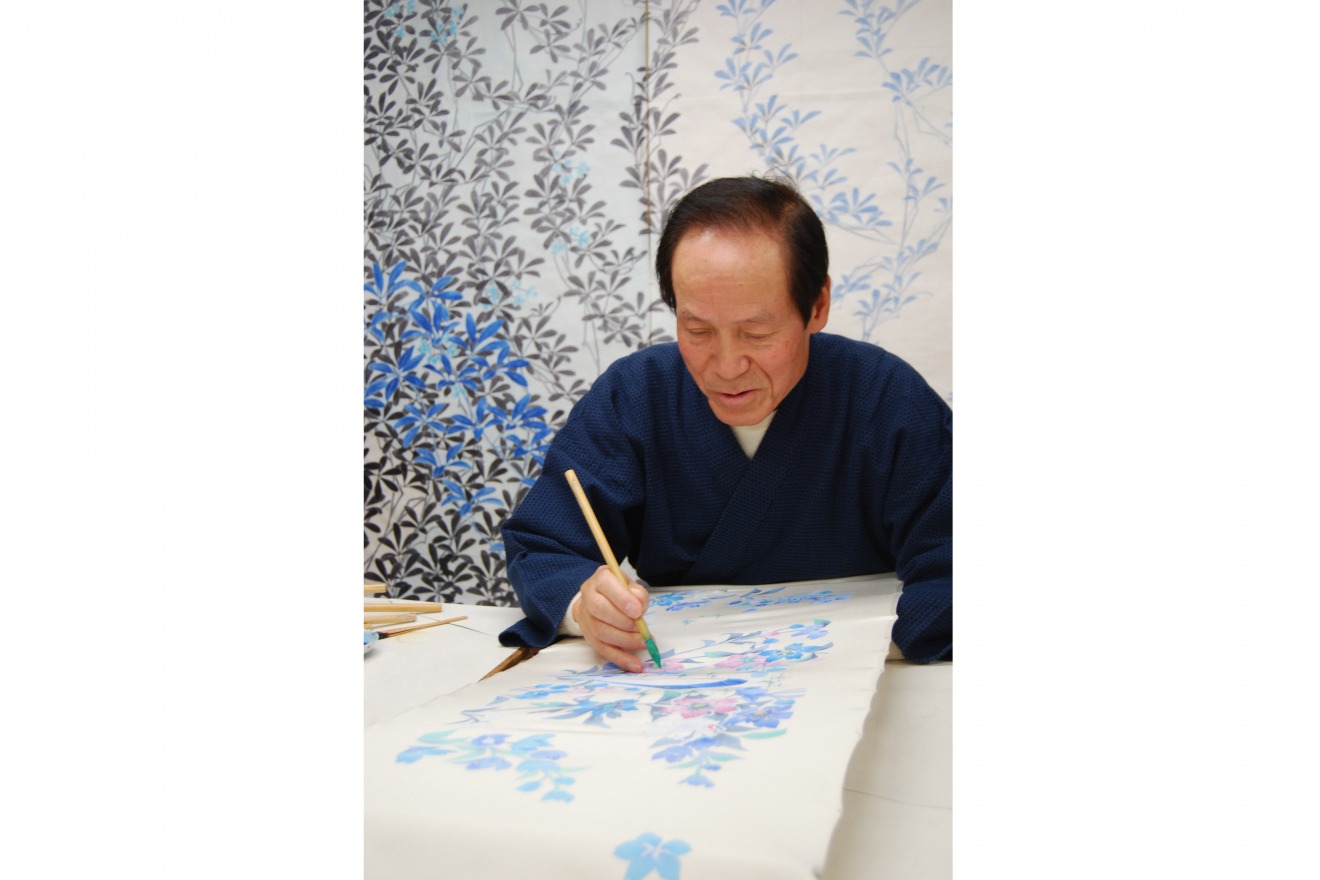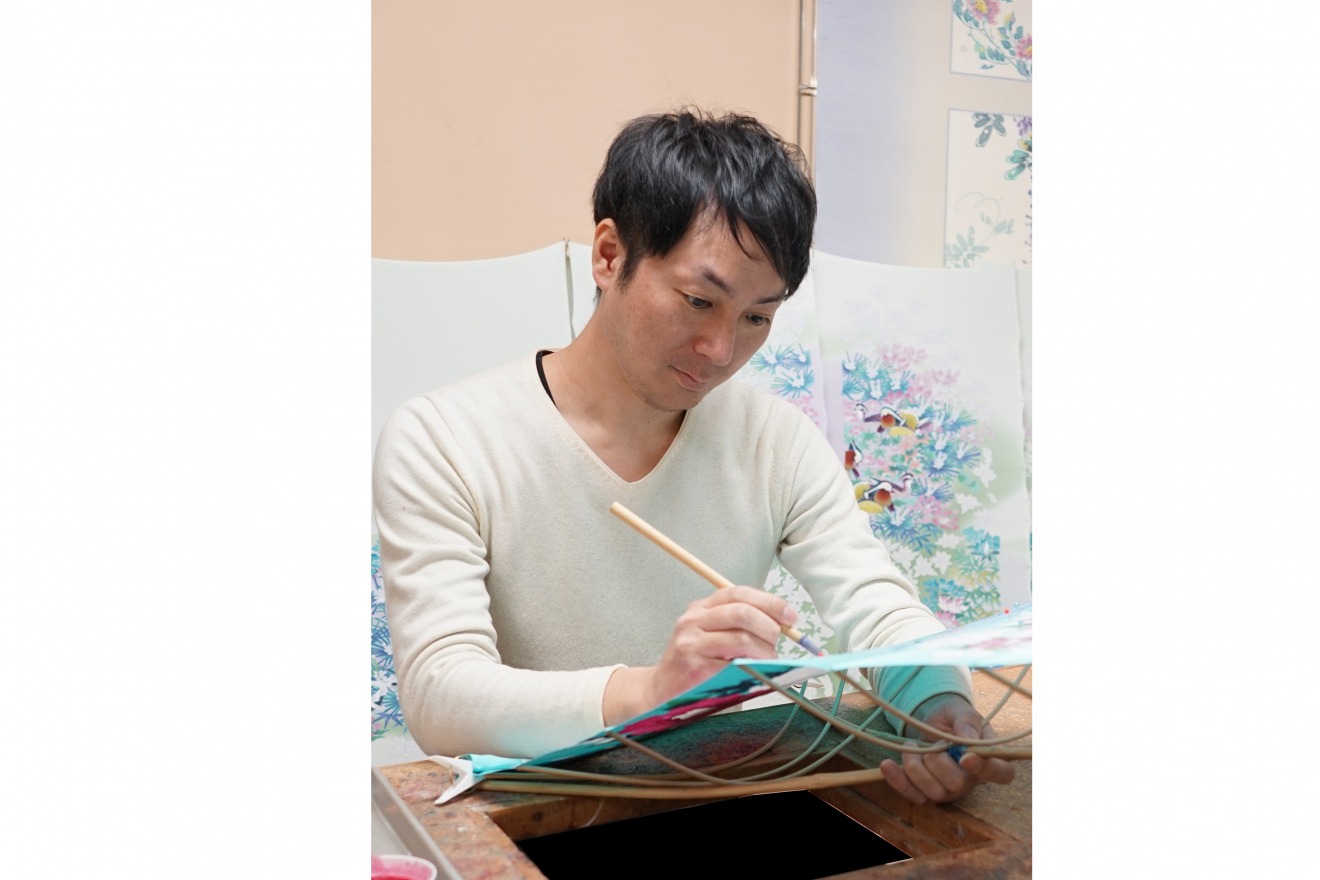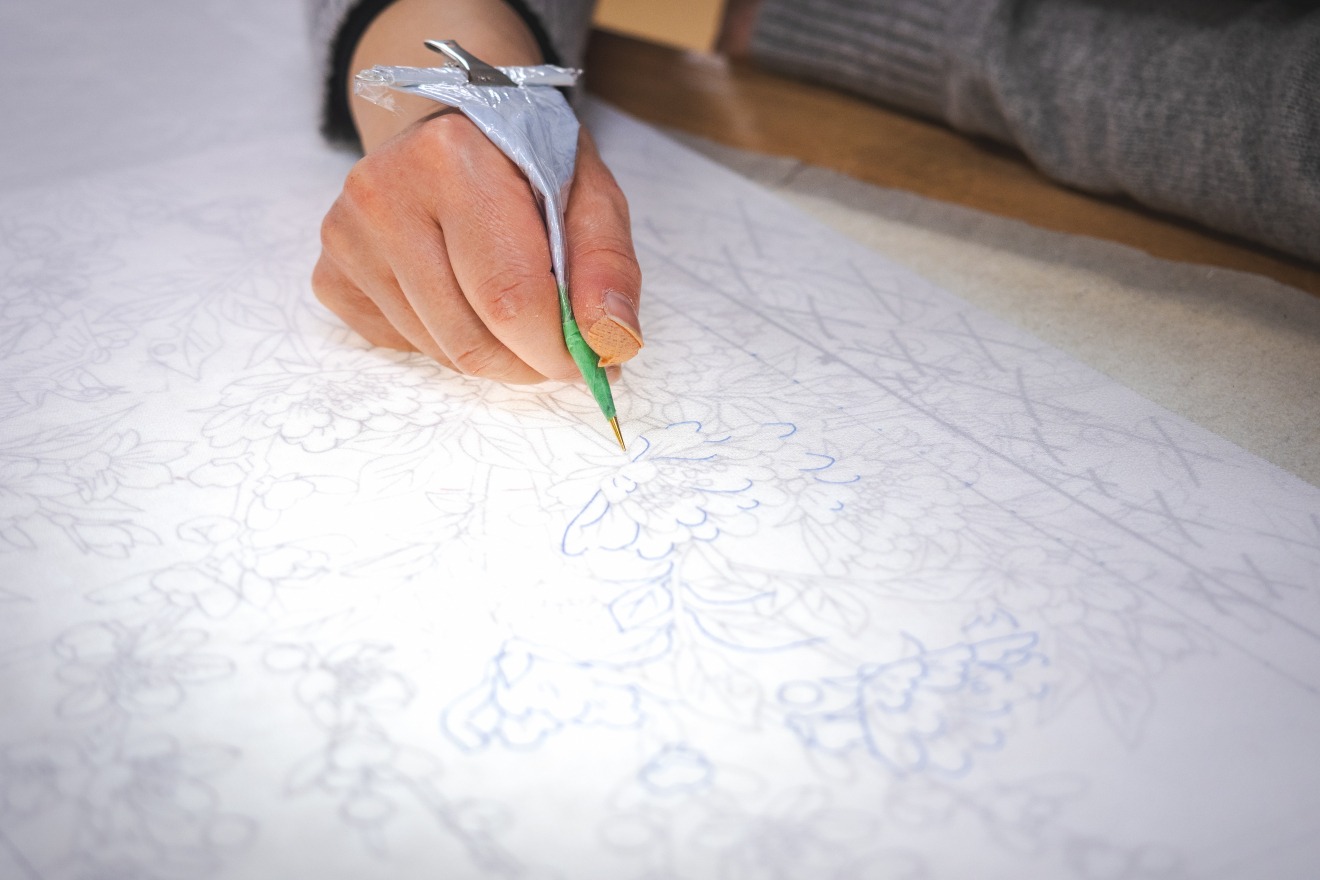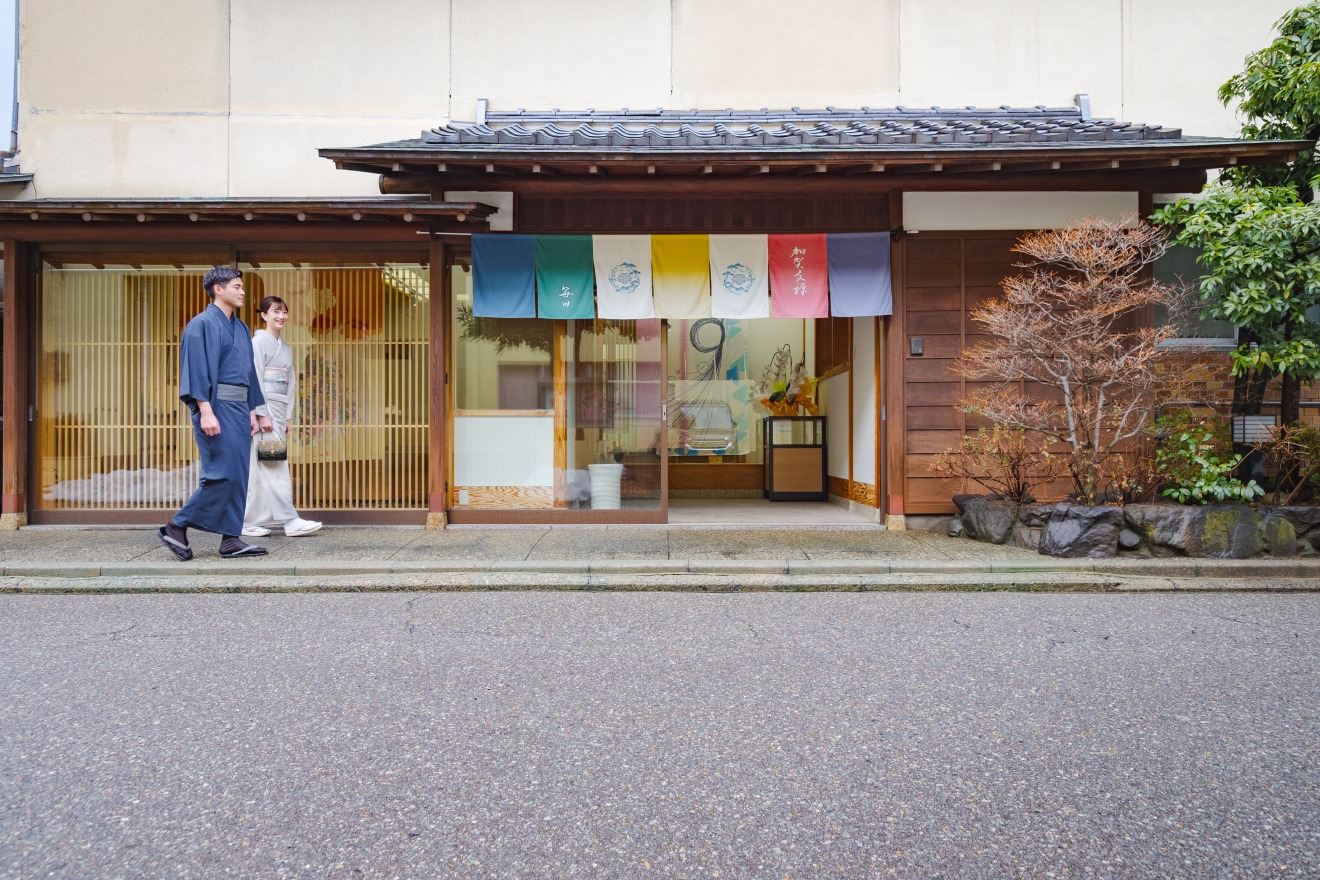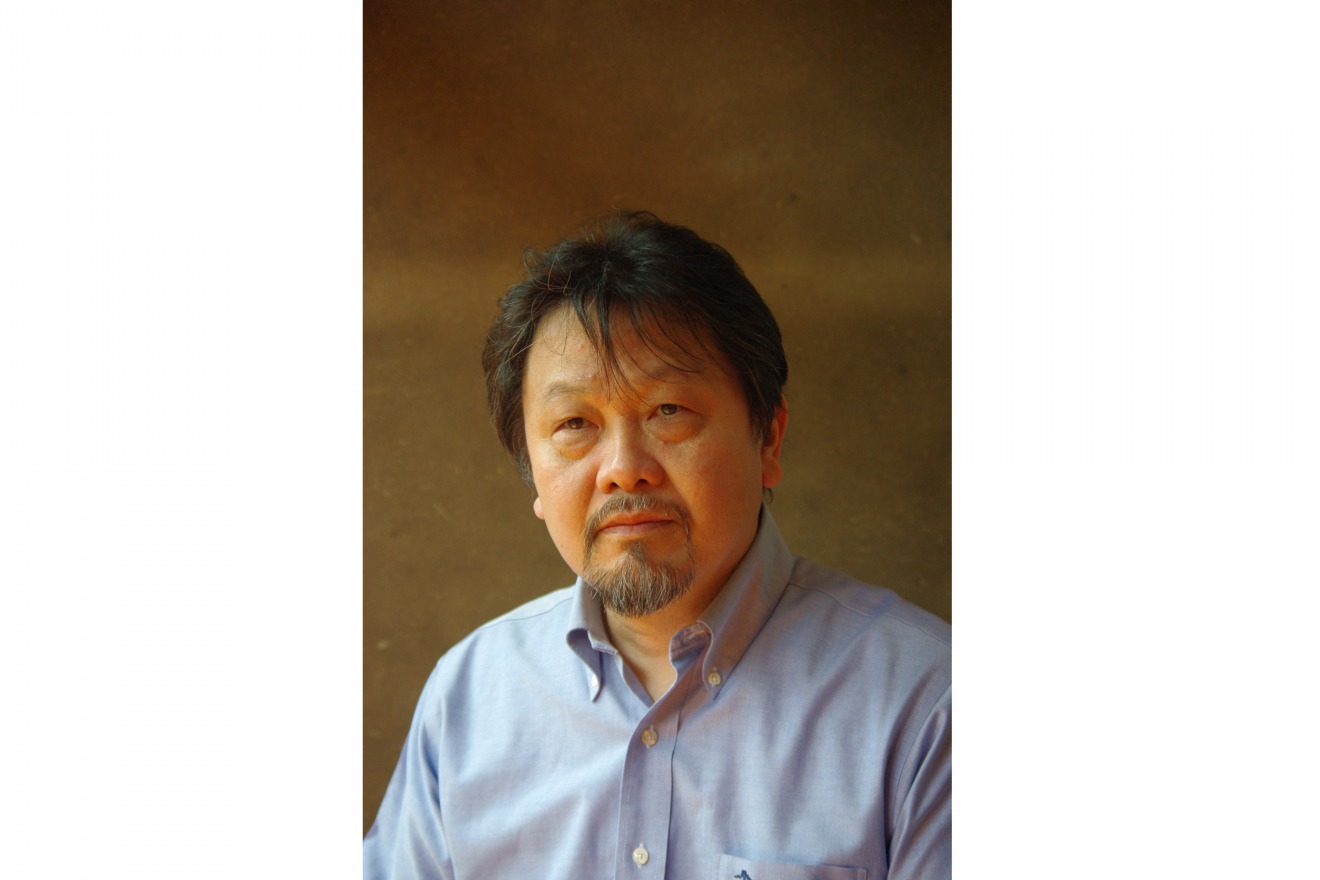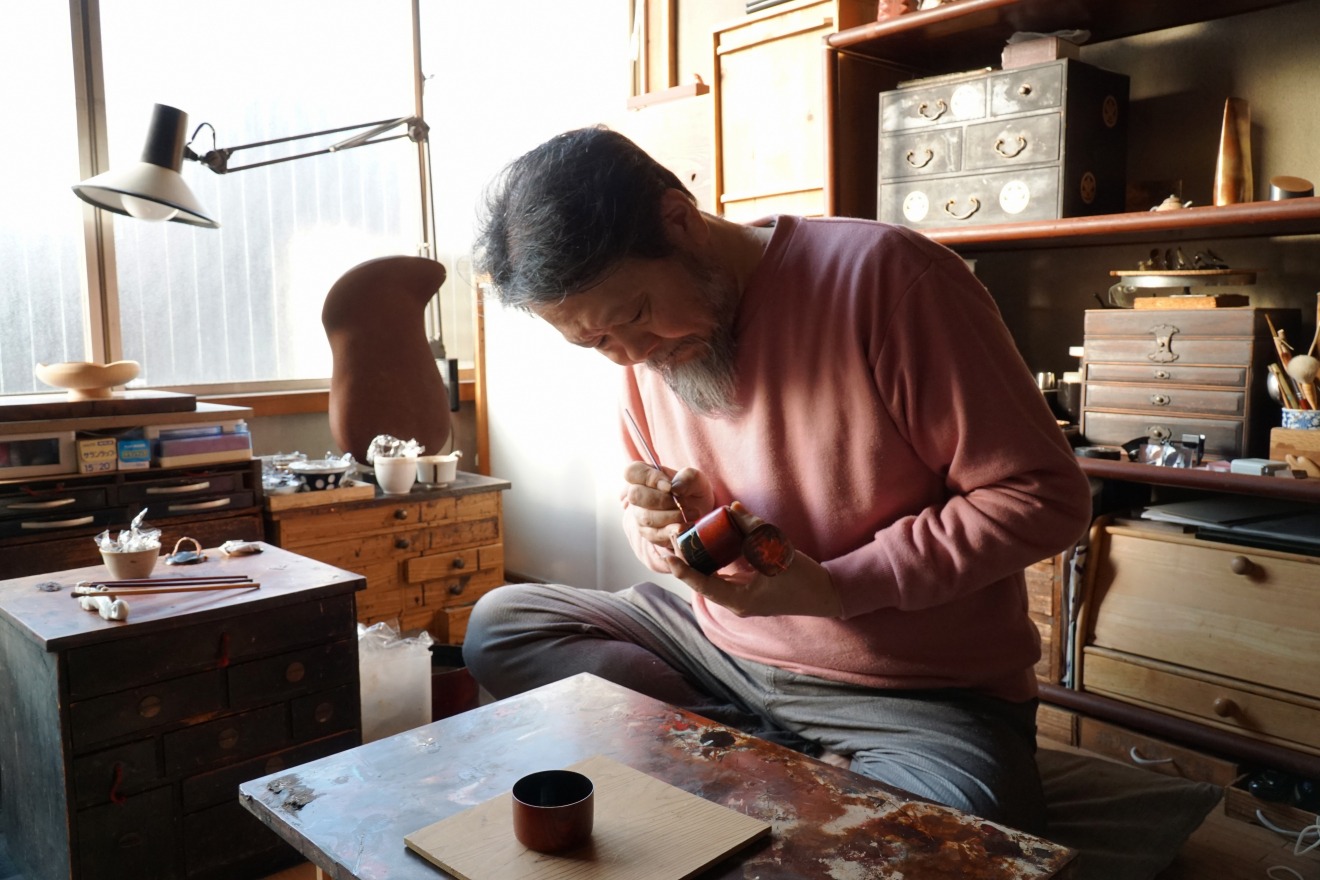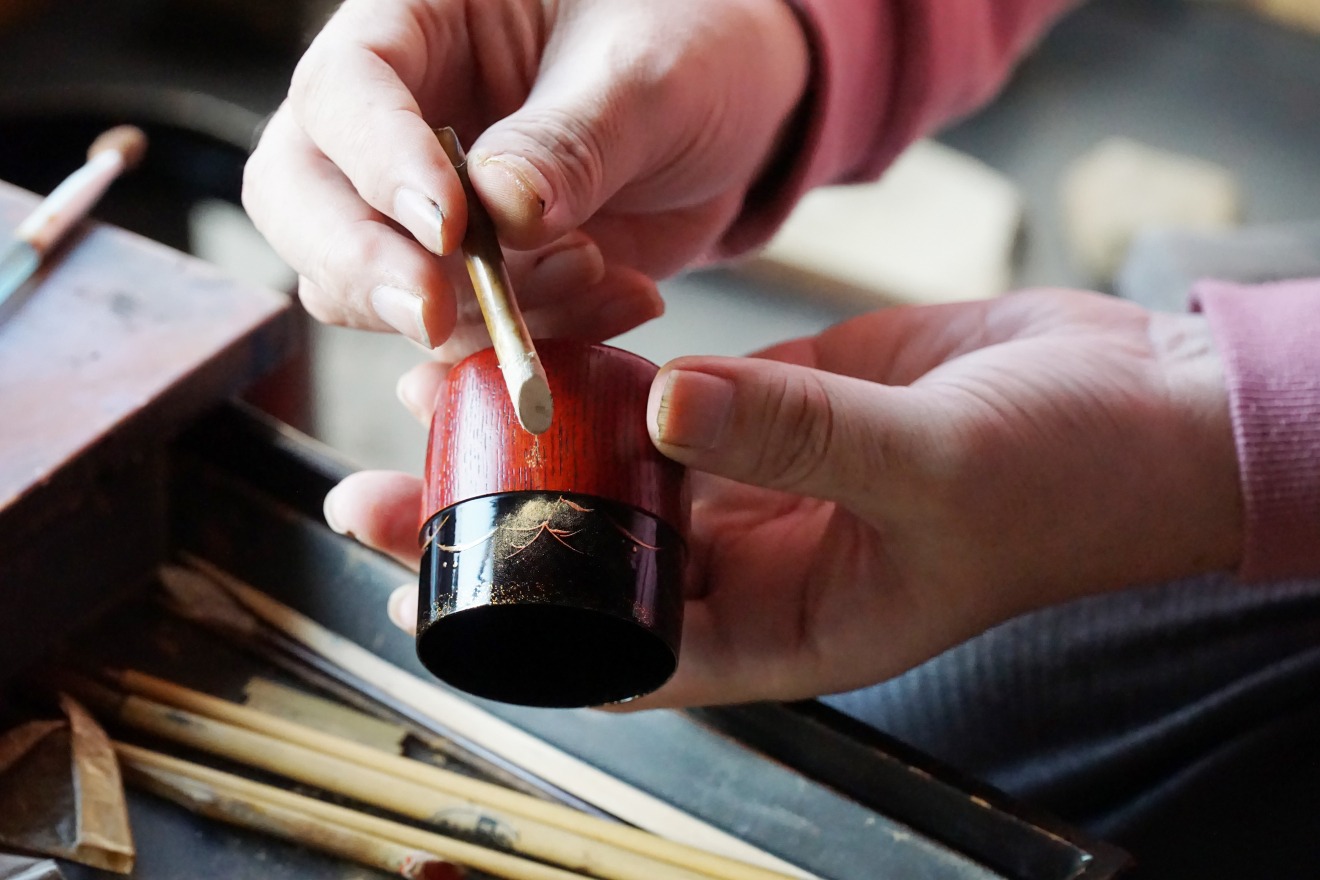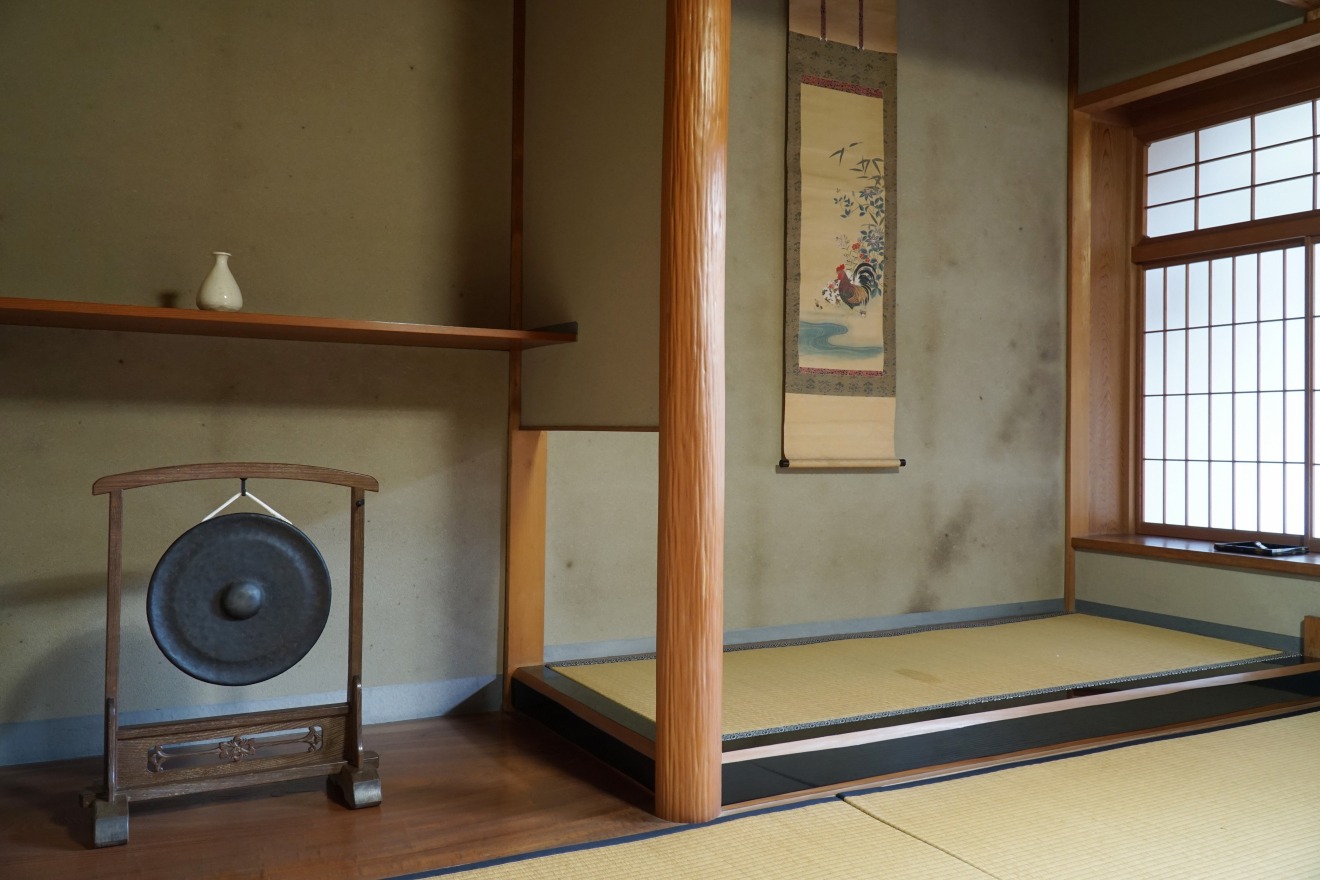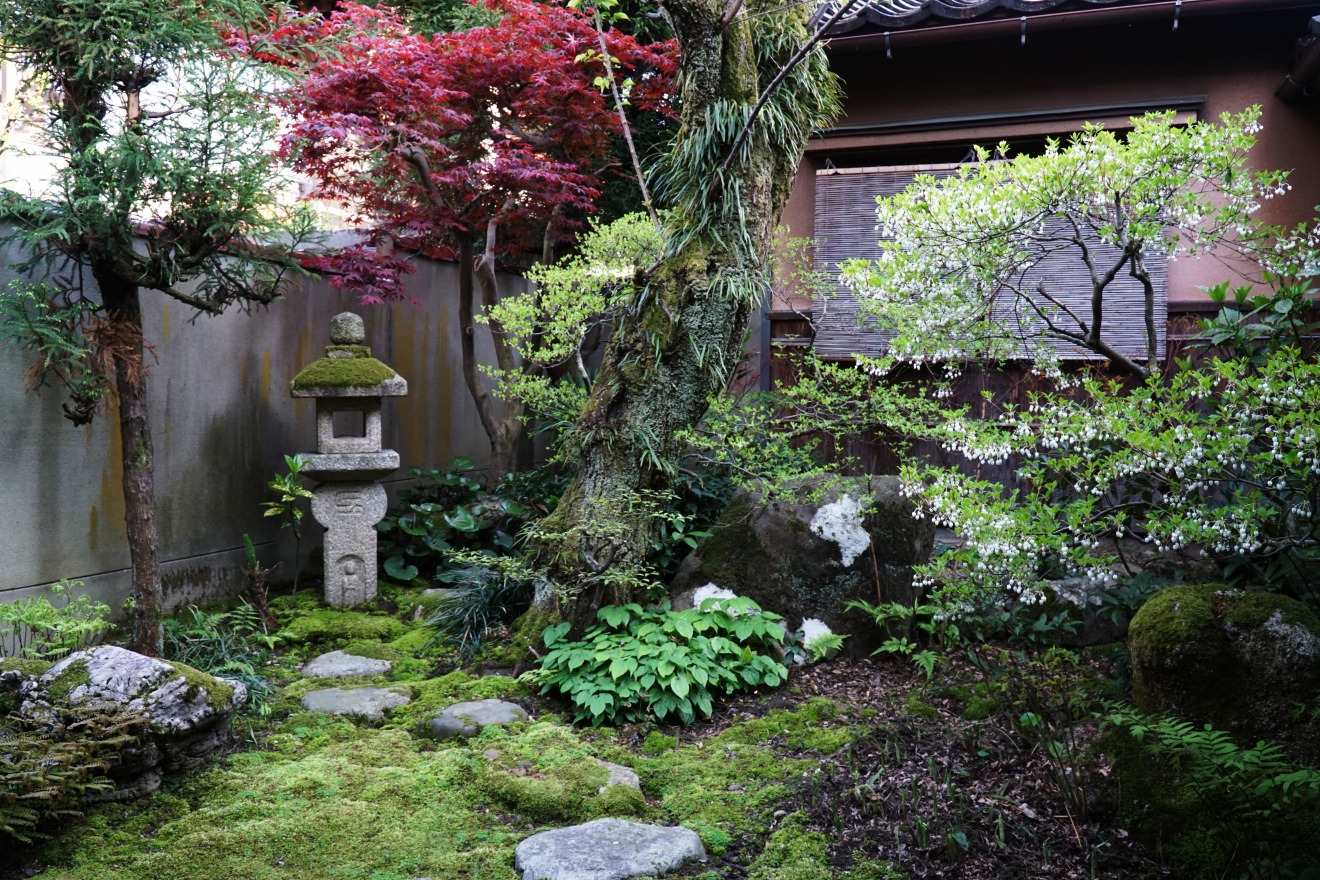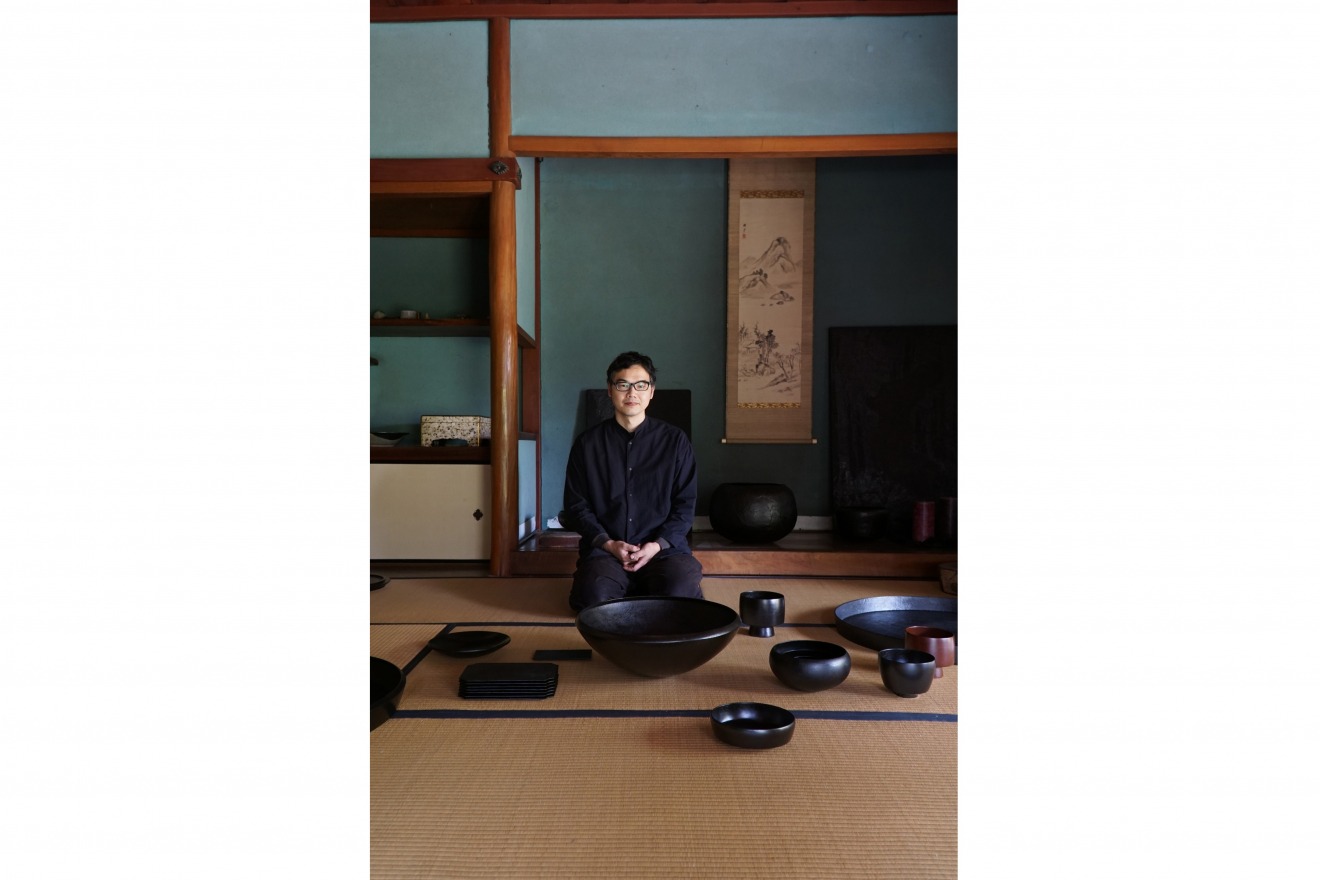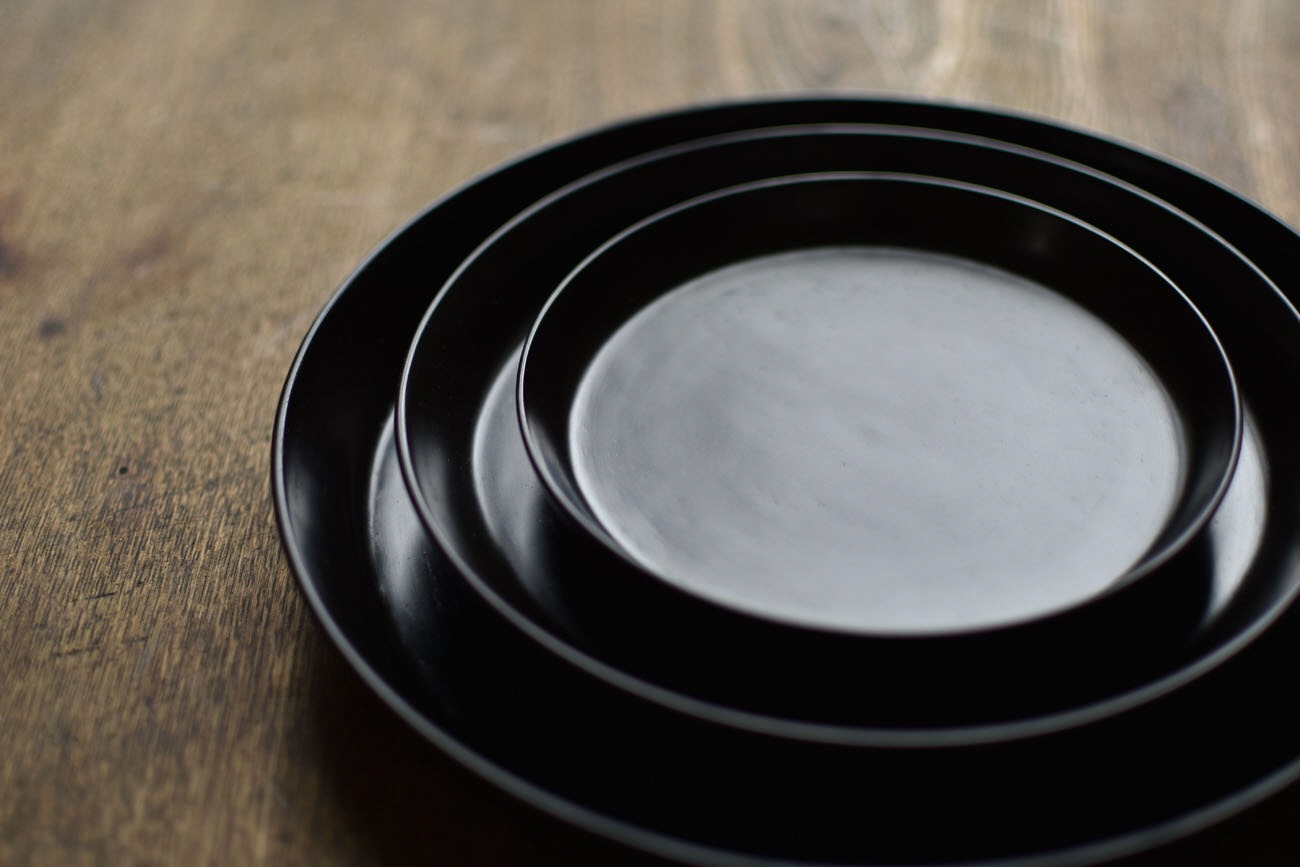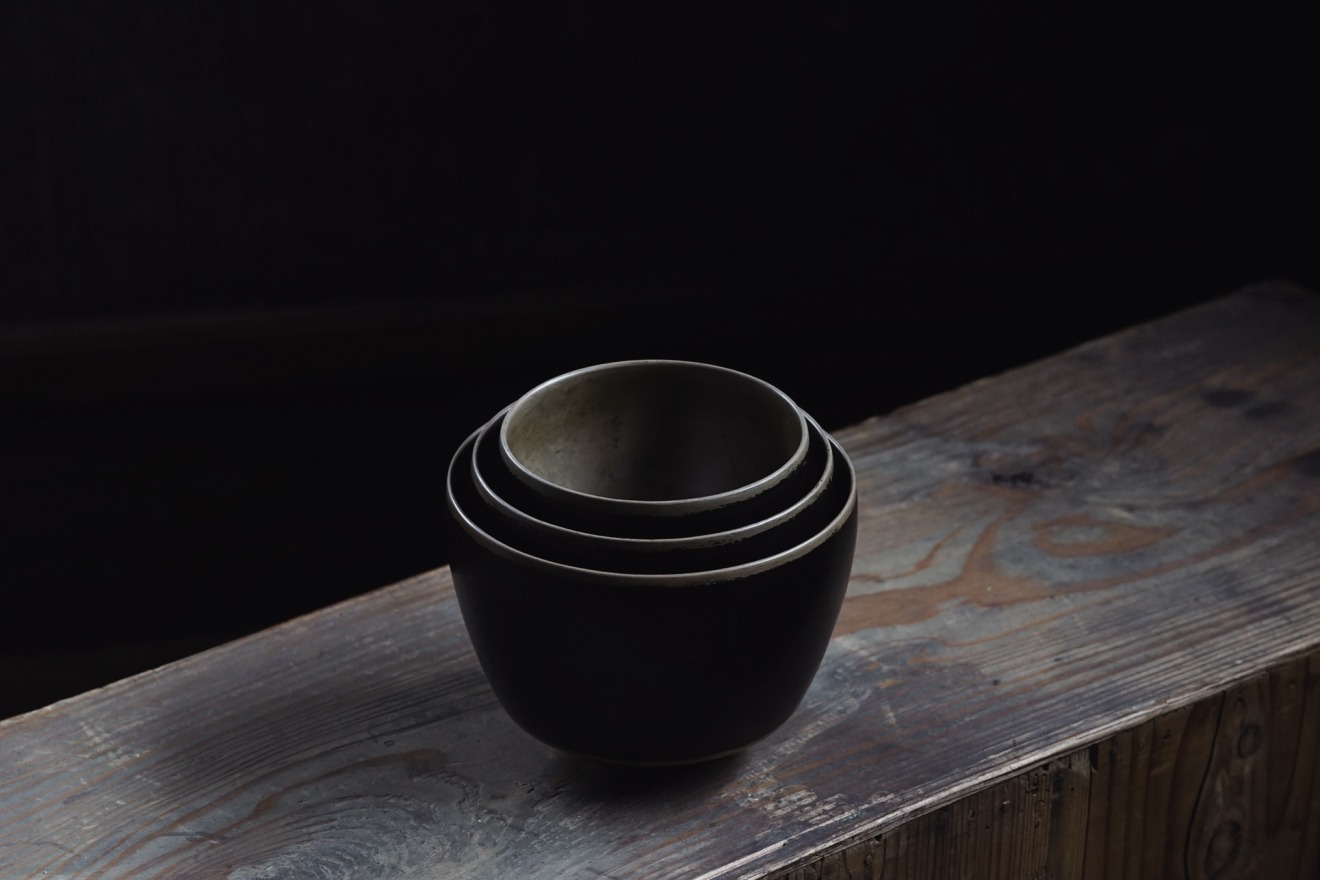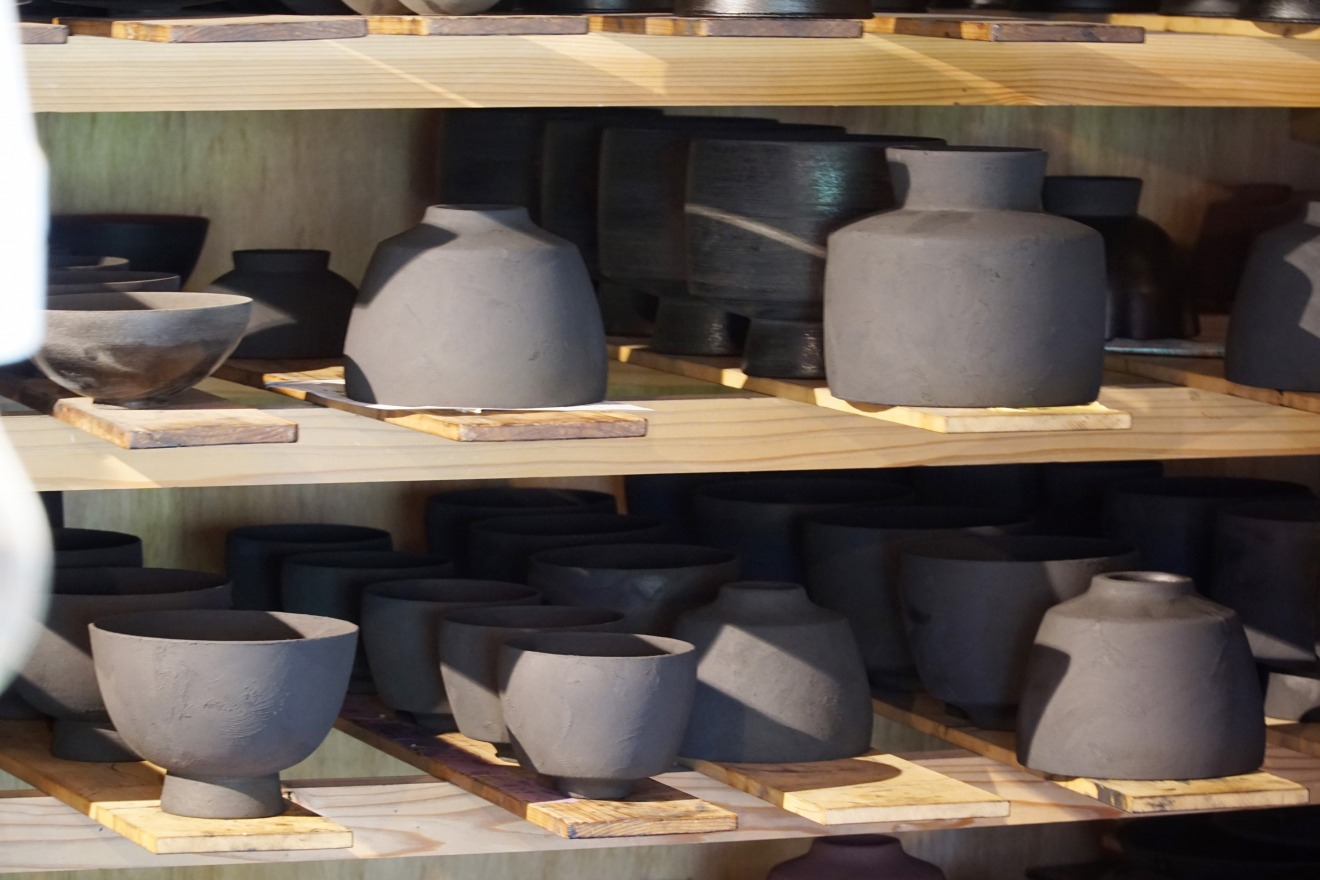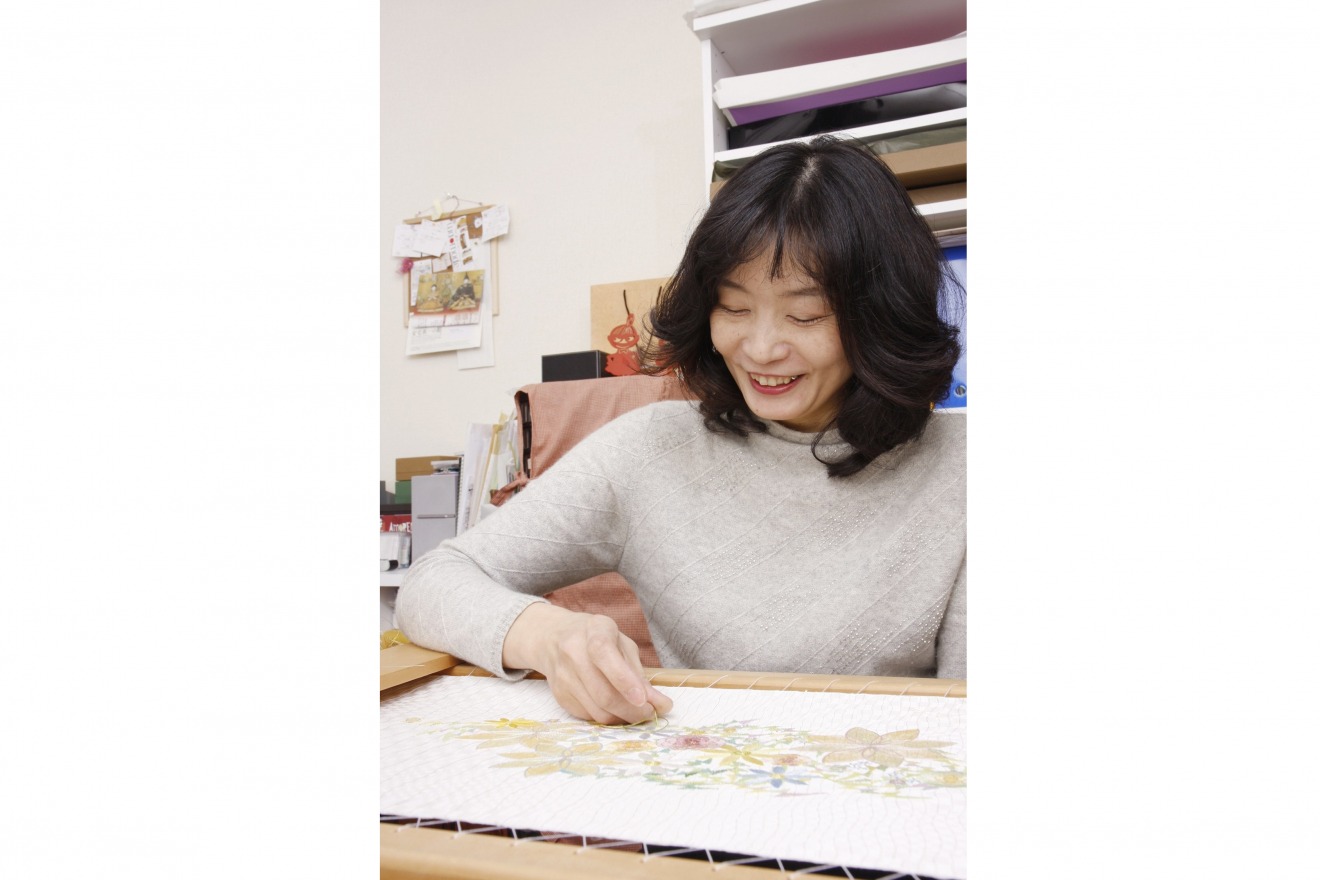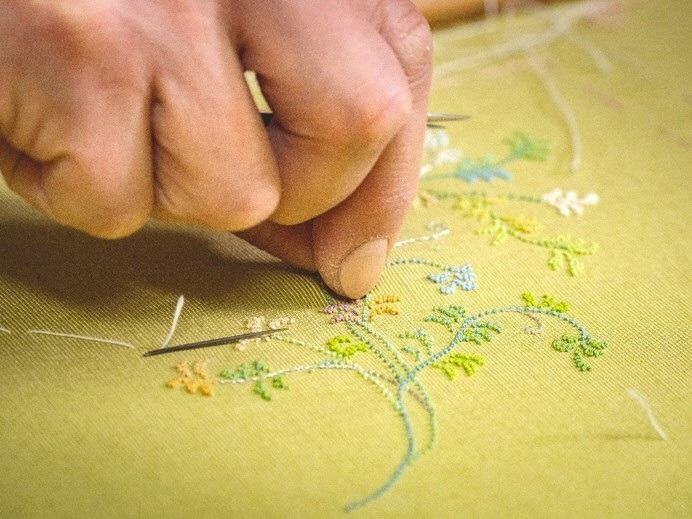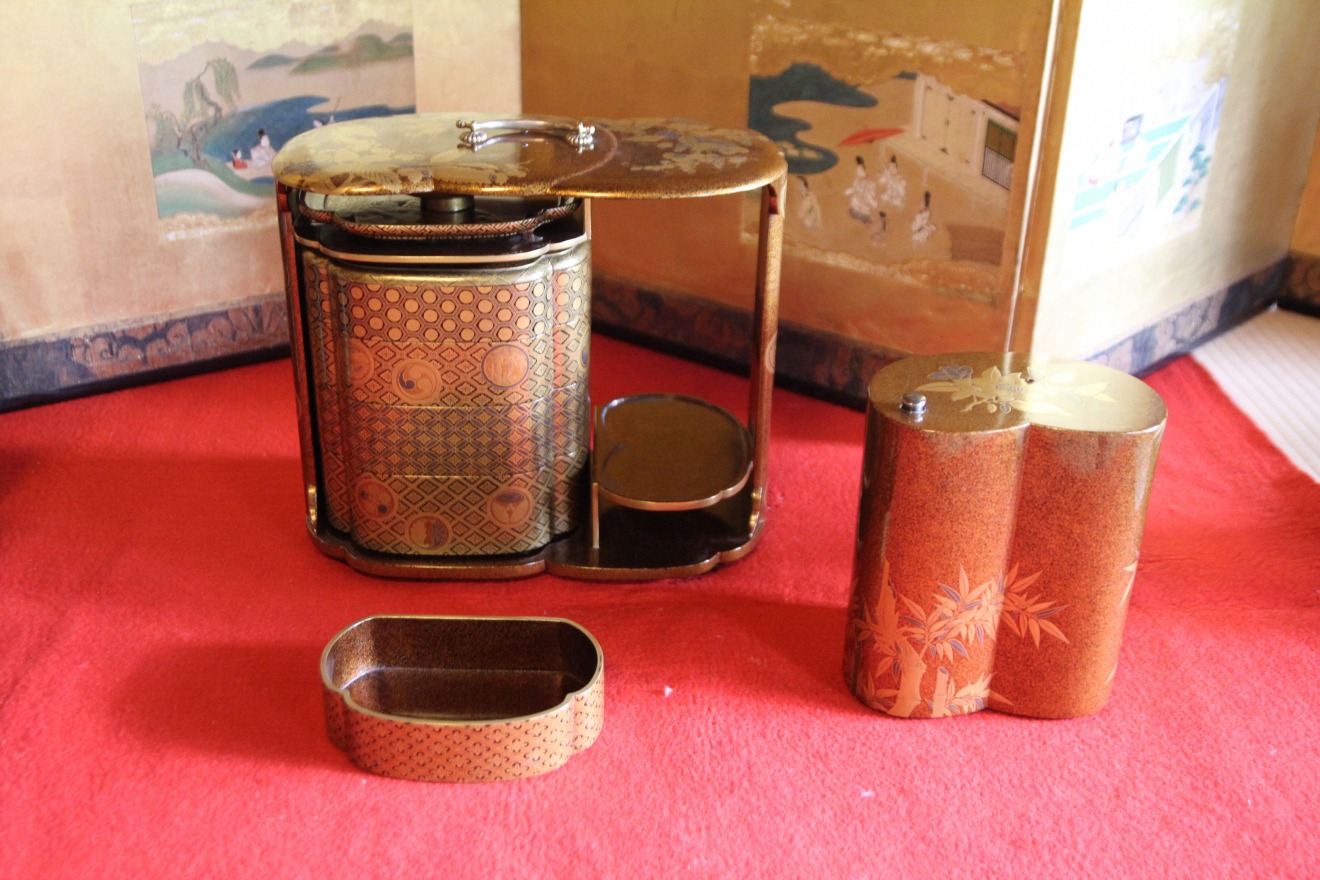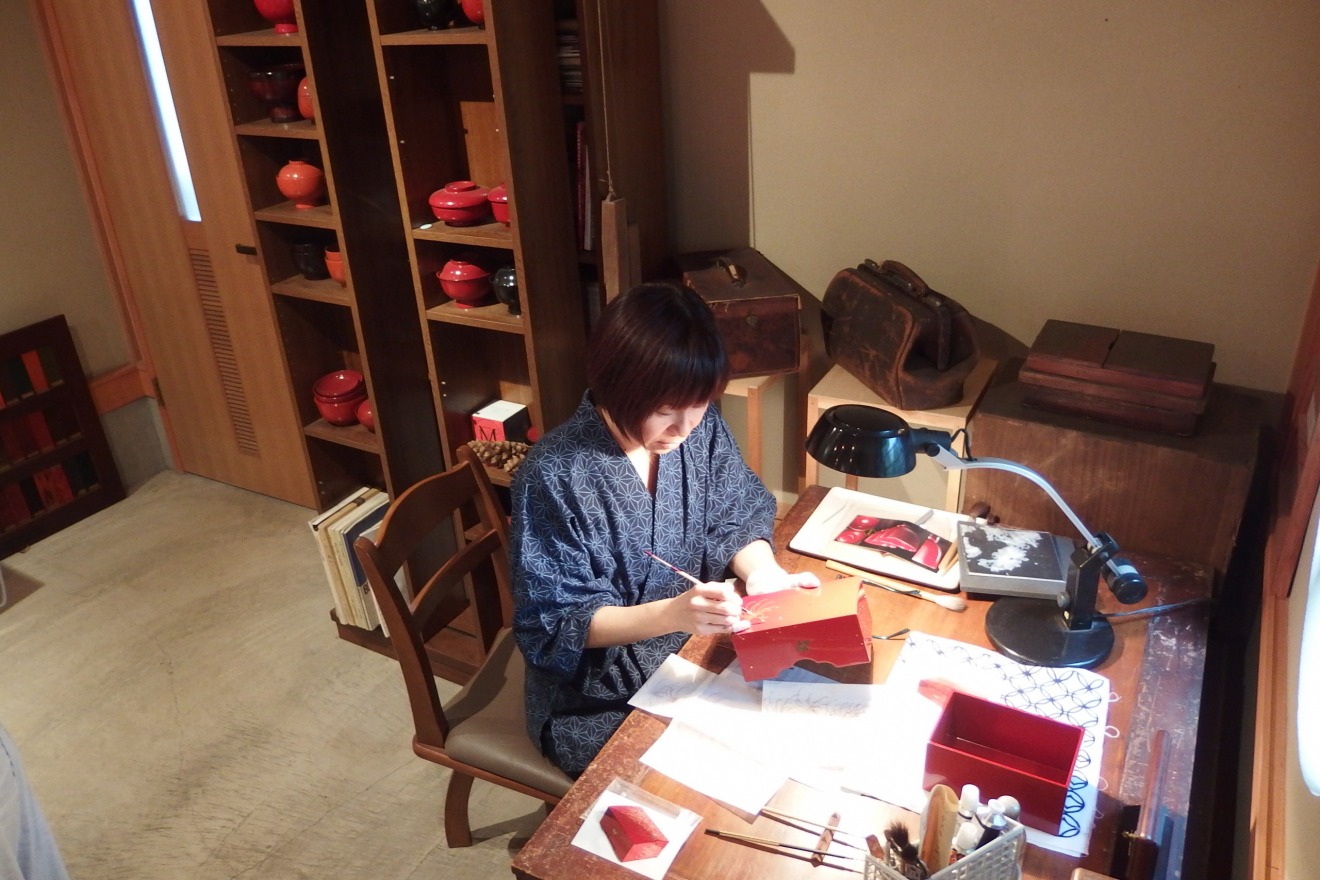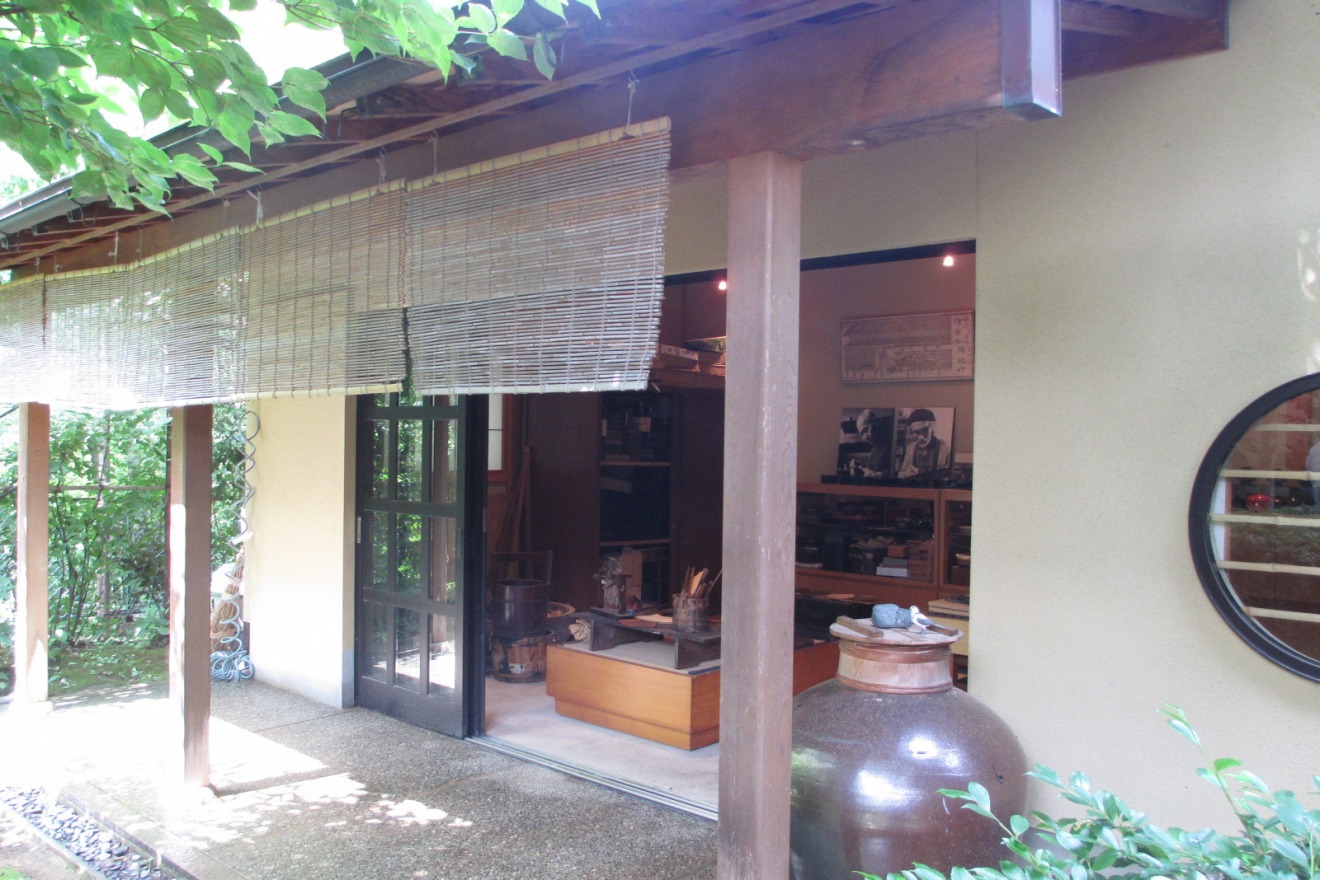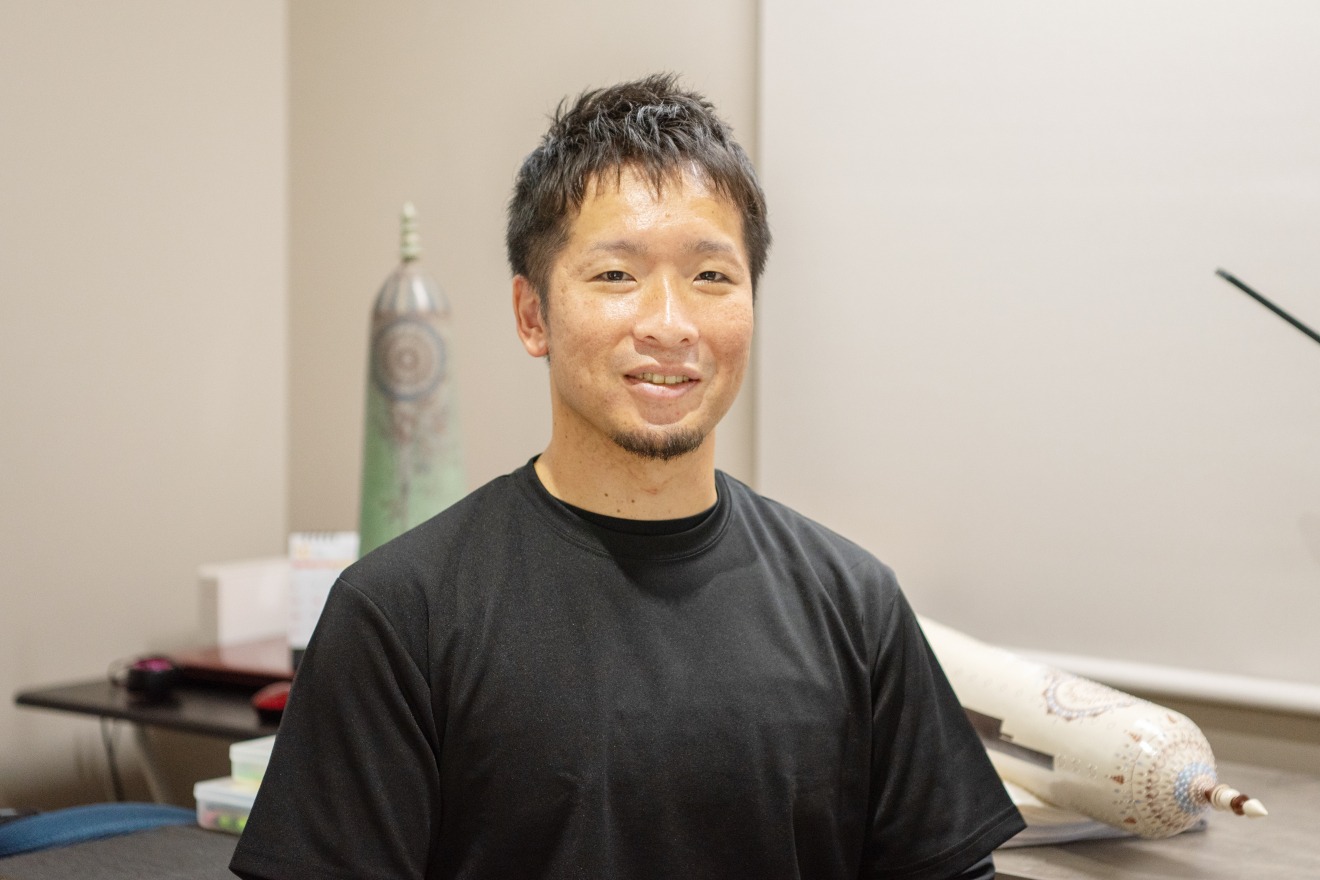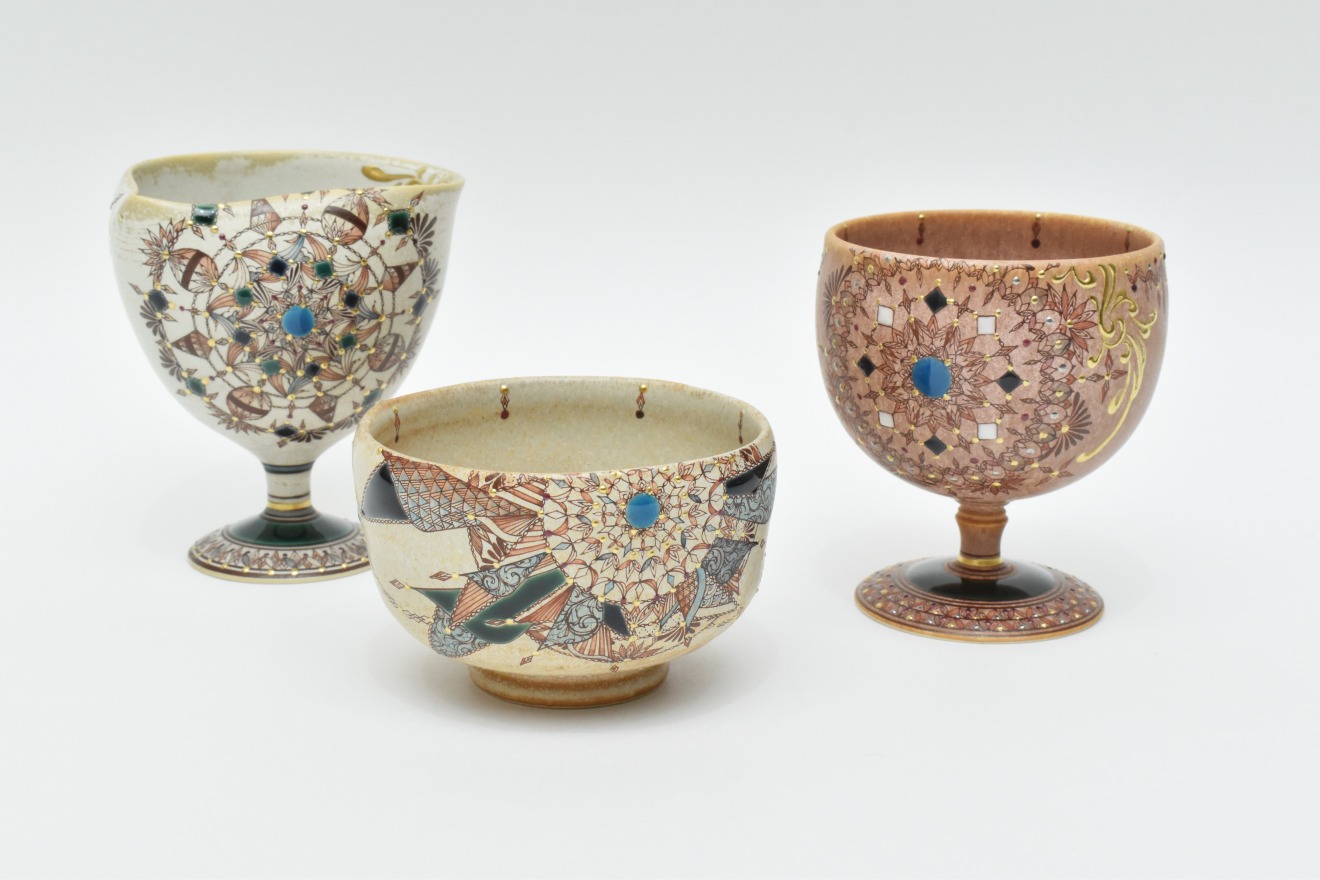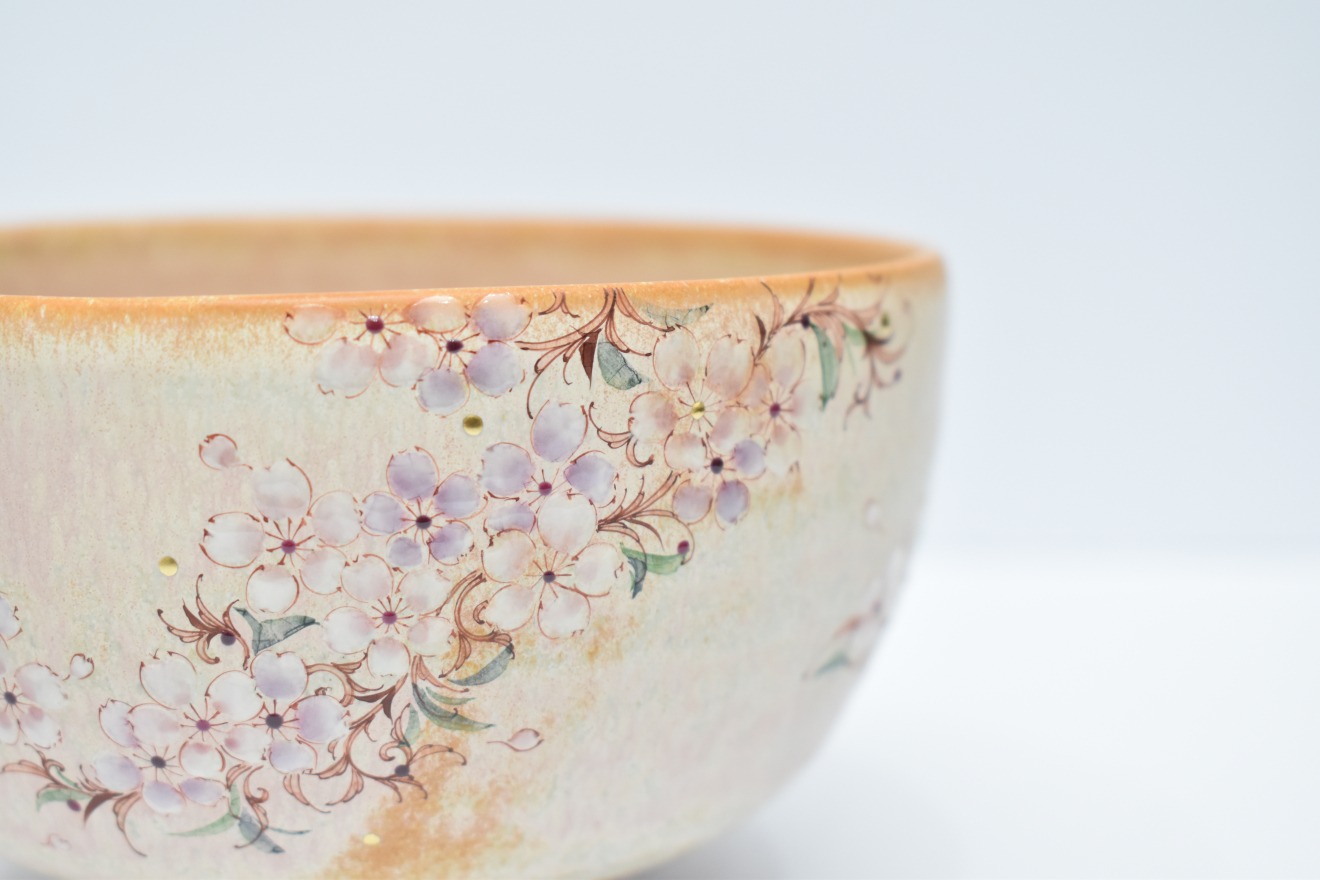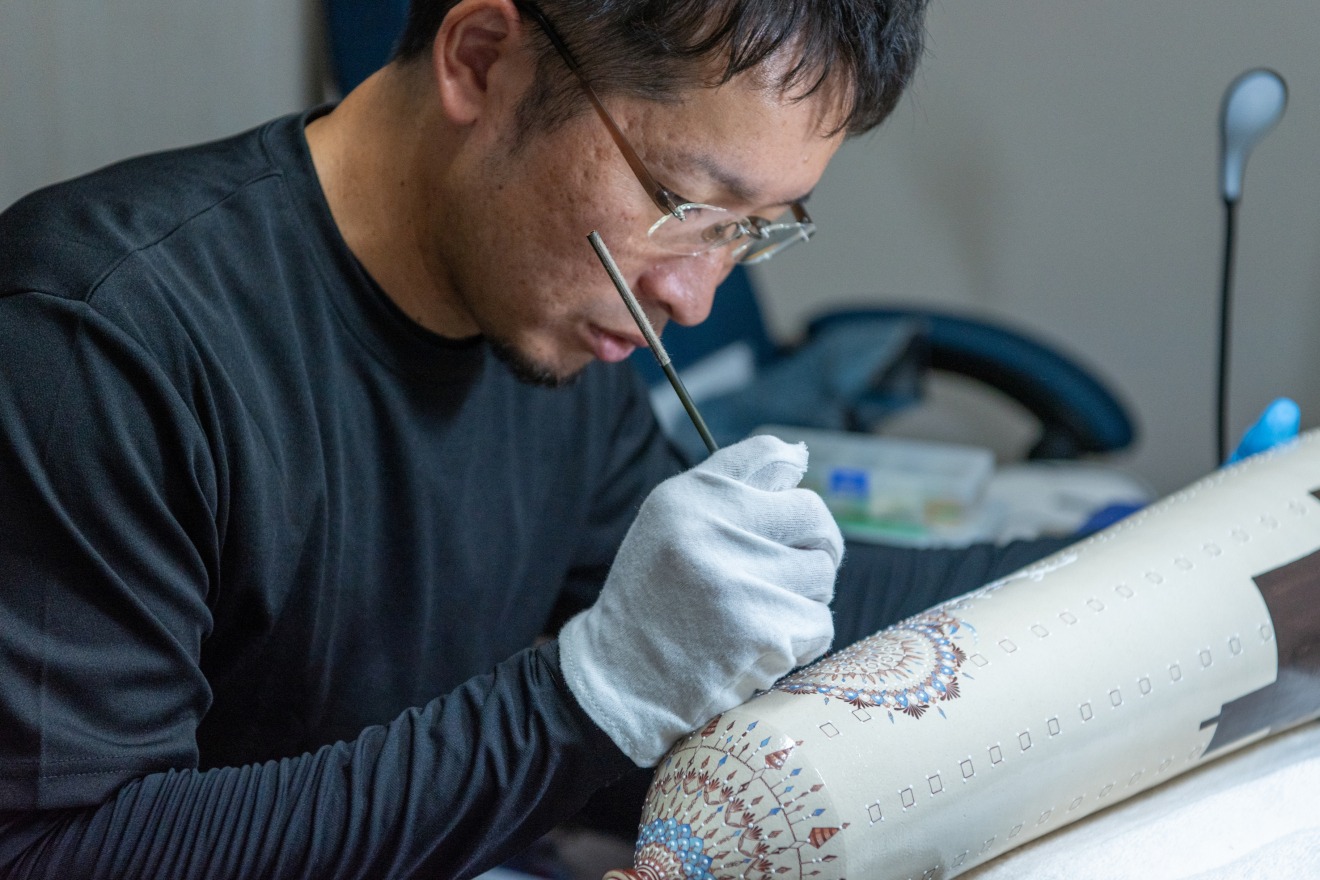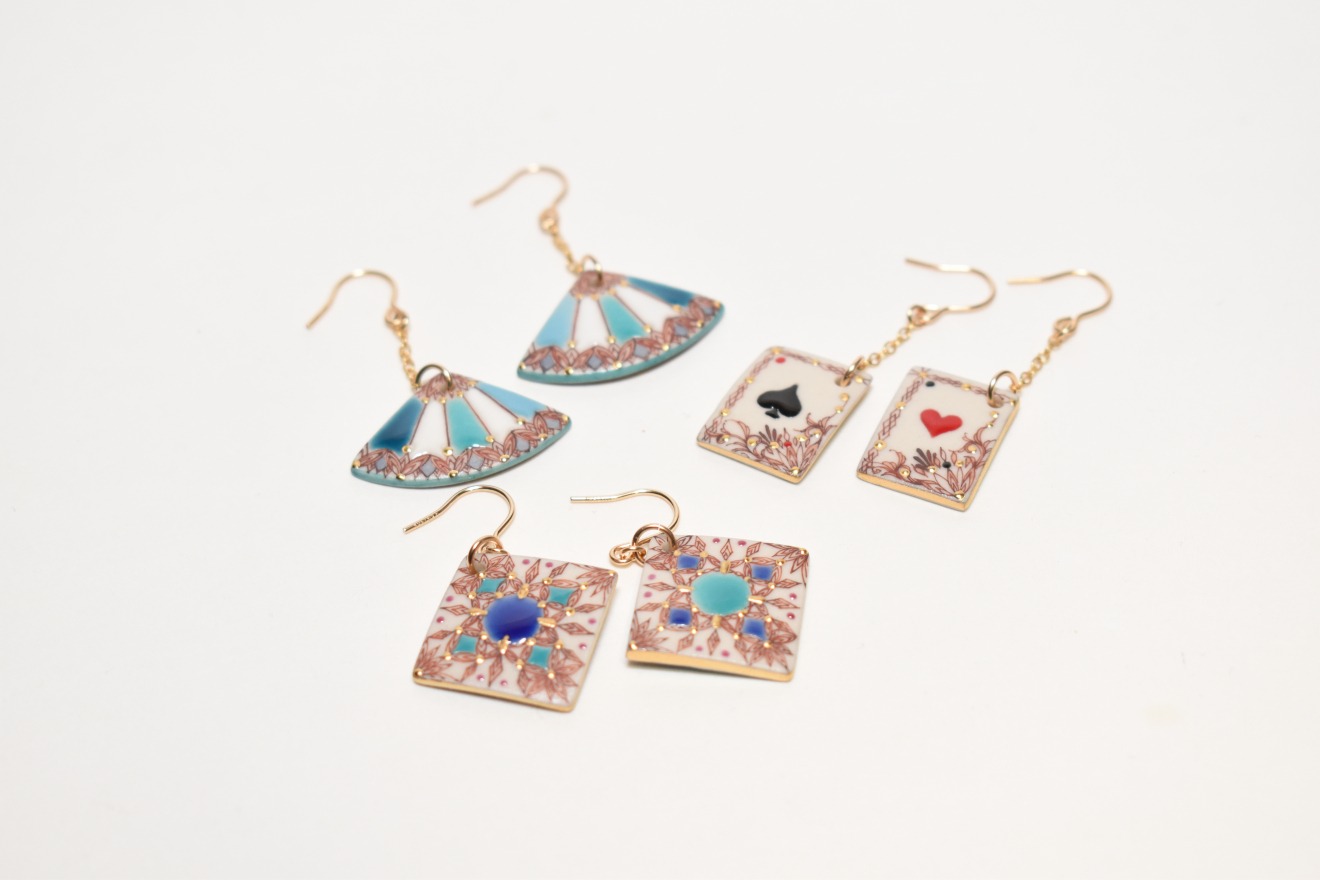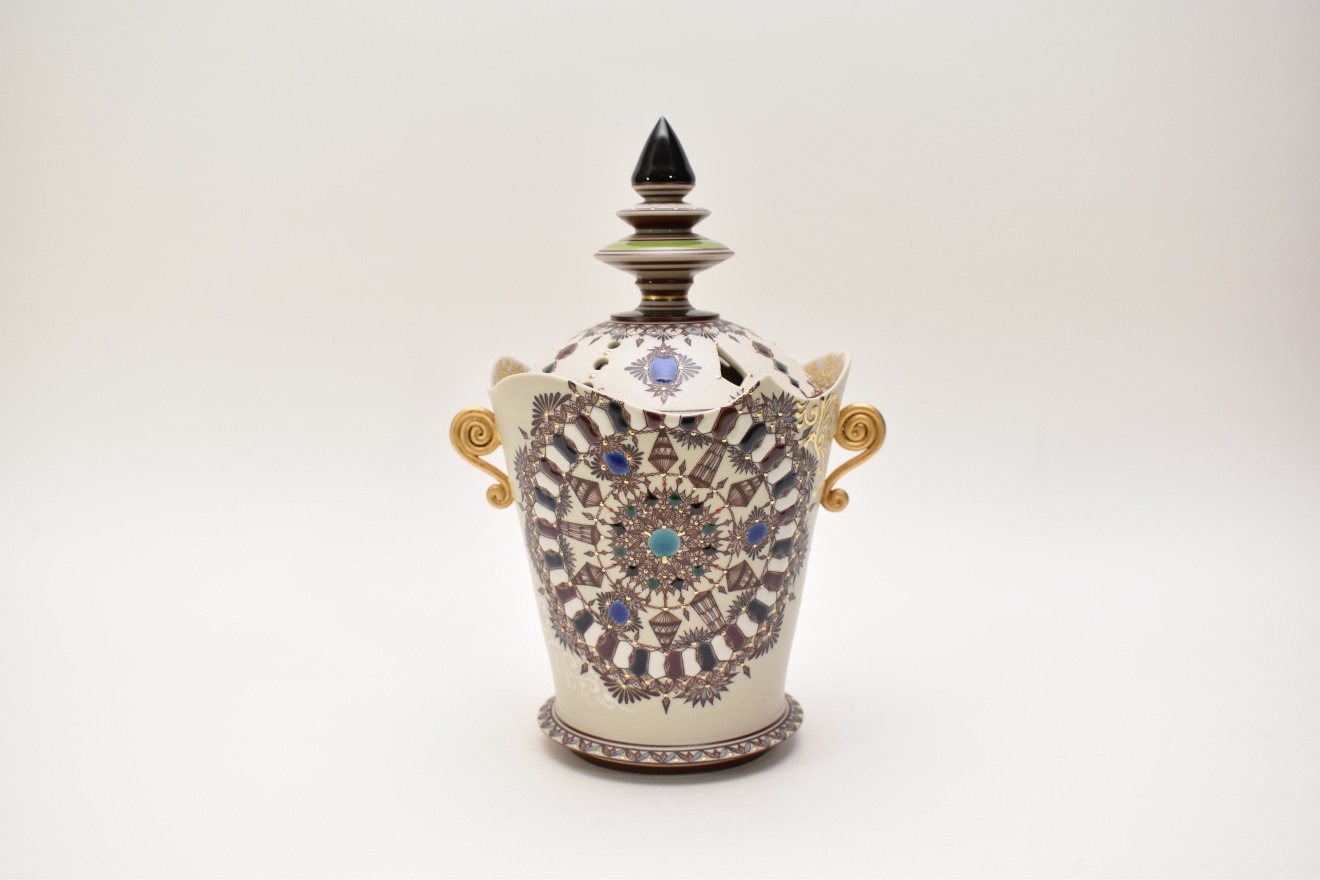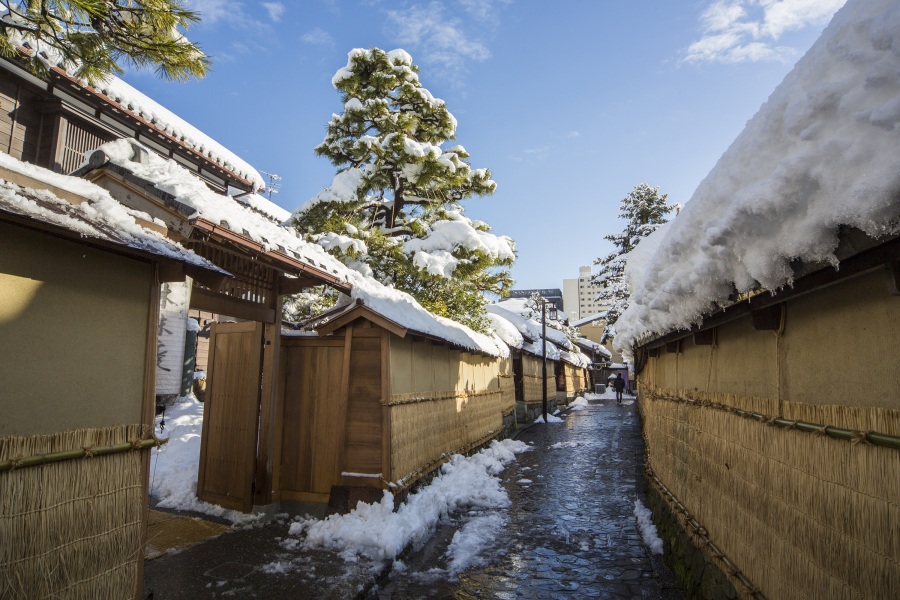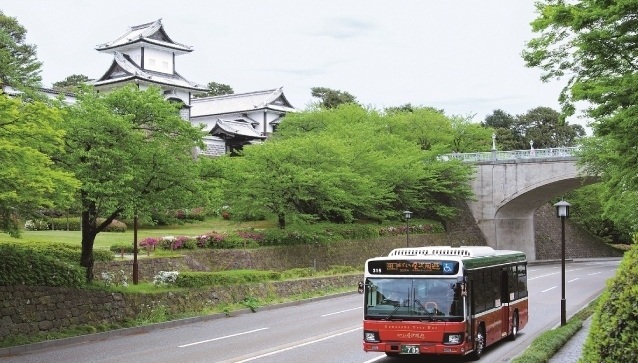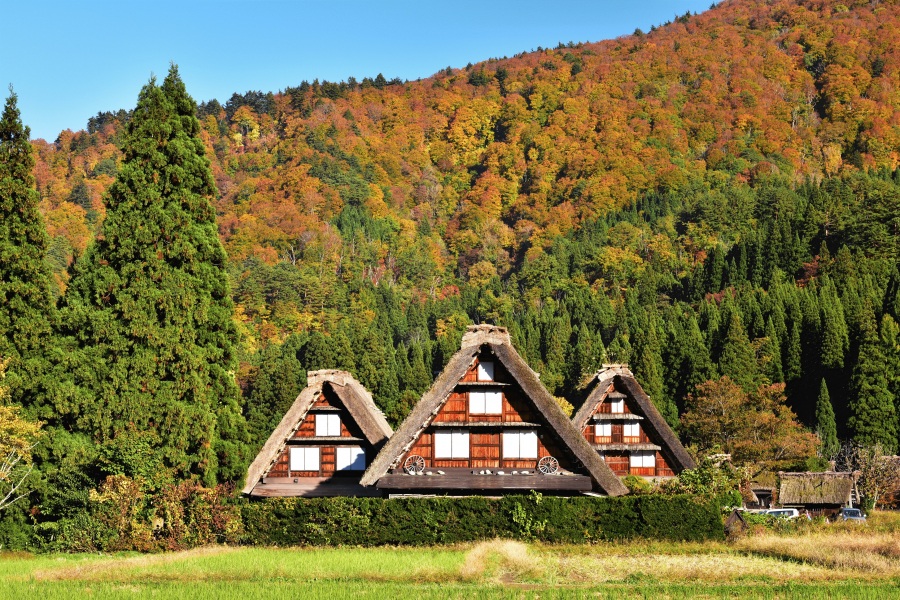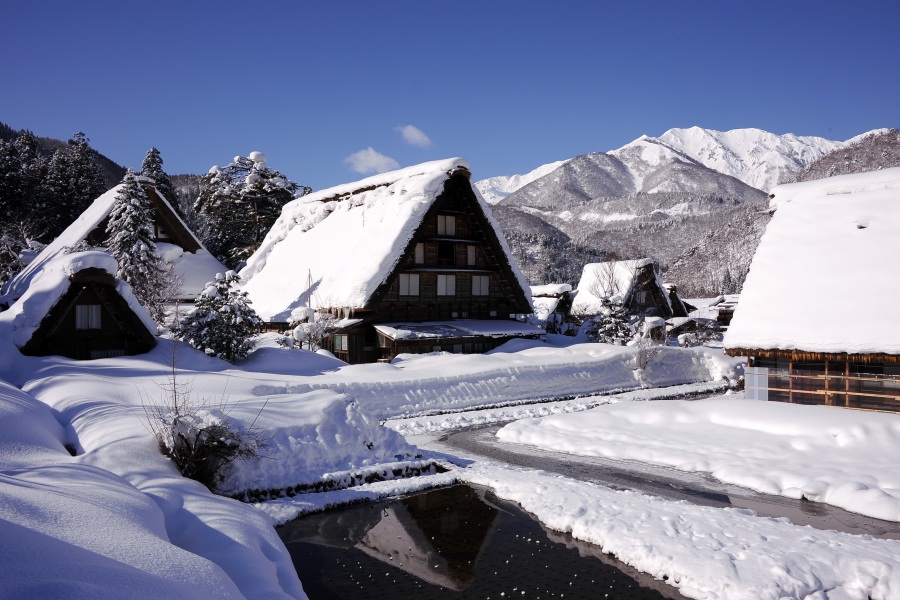KANAZAWA ICHIGO ICHIE—An amazing journey to explore the significance of long established Japanese Arts and Crafts
Traditional arts and crafts developed in Kanazawa under the patronage of the Maeda lords of the Kaga domain, who invited skilled craftsmen from Kyoto and Tokyo to promote arts and crafts. The traditional materials and techniques of the Kaga region were used to establish distinctive designs featuring the stately and refined samurai culture.
Since Kanazawa has not been damaged by any large natural disasters or wars for more than 420 years since the Edo period, and the successive lords of the domain had a policy of promoting culture, the tea ceremony, Noh chanting, and traditional crafts are still today an integral part of the lives of local residents.
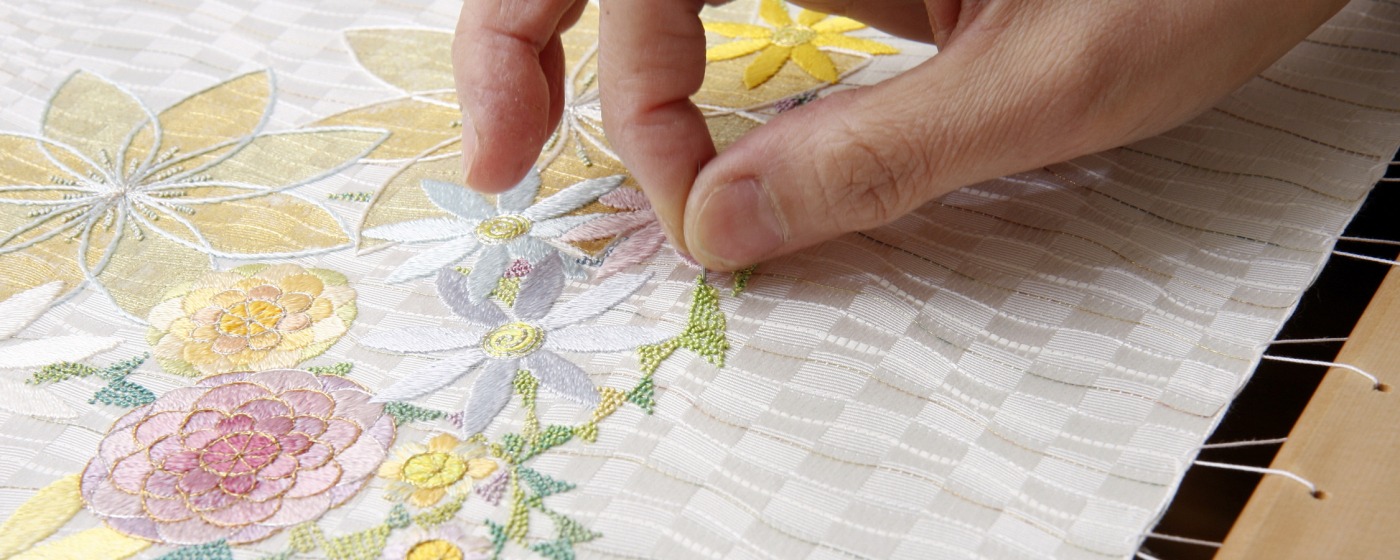
What is KANAZAWA ICHIGO ICHIE?
Kanazawa has a splendid, long-established history of Japanese Arts & Crafts and you can explore them with us.
We can make special plans for you to enjoy Arts & Crafts.
We can guide you to authentic artists’ workshops which are not open to the public, where you can talk with the craftsmen and experience the atmosphere of traditional Kanazawa workshops.
[What You Can Do]
Explore our long-established Arts & Crafts handed down to craftsmen since the early 17th century. An exclusive experience is available to you when you visit.
—You can get to meet authentic artists, which is a rare opportunity, at their workshops or galleries.
—Experience commentaries by the artists, receive pre-views of works in progress and try to make your own art pieces, these are unforgettable memories.
Important Note
◆ Conditions
—Tour capacities are capped (usually at around 10 people). Please check the capacity before registering.
—Schedules must be worked out each individual artist, so it may take some time before you receive a reply to your registration.
—Please register under the premise that the tour will be conducted without fail.
◆ Awareness
—Please do not contact artists directly.
—Natural disasters and other unforeseen situations could have an impact on plans.
About the Artist and Studio / Ohi Ware
Ohi Ware and Its History
The origins of Ohi Ware begin around 360 years ago, when the fifth-generation daimyo of the Kaga Domain, Maeda Tsunanori, summoned Tea Master Senso (Senso Soshitsu), ancestor of the Urasenke School, to Kanazawa from Kyoto accompanied by Ohi Chozaemon, a skilled Raku ware apprentice of the 4th Raku-Ichinyu. Since then, 11 generations of artisans have created tea ware with a unique style that differs from Raku ware for the Japanese way of tea, including tea bowls, water containers, vessels for confectionaries, and other tea utensils used for tea ceremonies. A distinctive feature of Ohi ware is its inimitable shiny amber color and its feel. Based on the Zen concept of wabi-sabi, nearly all works are crafted by hand without the use of a potter's wheel, so they fit comfortably with the user’s hands and lips.
Toshio Ohi Chozaemon XI
Ohi Chozaemon is the current head of a more than 350-year-old legacy kiln.
Ohi is the name of a family as well as a style of pottery. The successive heads of this school of pottery become known as Ohi Chozaemon.
Toshio is the 11th generation descendant of the Ohi family of potters famous for a type of Raku ware.
After studying the foundation of ceramics in the USA, he felt privileged to learn under the tutelage of his father, Ohi Chozaemon X.
Along with the succession of tradition, looking ahead to a new era, he is currently exploring the possibilities in pottery with a wide range of perspectives while working on various other artistic disciplines such as architecture and design.
Tour Contents
Gallery Talks at the Ohi Museum—Ohi Chozaemon XI will talk about the history of Ohi ware and the world of tea ceremony in Kanazawa
Tea ceremony experience in the Ohi Tea Room—After touring the museum, you can experience a tea ceremony while viewing an authentic Japanese garden using actual Ohi tea bowls that have been passed down over time.
Maximum participants: Up to 15 people
Language: Ohi Chozaemon XI will provide the tour in English.
Shopping: Credit cards accepted. Available for duty-free purchase. International shipping available. (shipping charged separately.)
About the Artist and Studio / Kaga Yuzen Silk Dyeing
History and characteristics of Kaga Yuzen
Kimono is a traditional Japanese ethnic costume. In Kanazawa, a city rich with cultural activities such as tea ceremony, Noh plays, and traditional dance, people wear kimonos quite often. There are different types of kimonos for different places and occasions, and Kaga Yuzen kimonos in particular are worn when attending a wedding, party, or other high-class events. Kaga Yuzen has an extensive history, and it is thought that its origins date back about 550 years to a dyeing technique called “ume-zome.” Main motifs of Kaga Yuzen are the beauties of nature in each season and designs that are skillfully and vibrantly drawn using a variety of techniques.
Kaga Yuzen has about 15 steps from design to finishing. At Kaga Yuzen Maida studio, they perform all steps of the process in their own studio to express designs that reflect the times with high-quality dyeing.
Kaga Yuzen Artist—Maida Kenji
Aware of the 400 years history of Kaga Yuzen, he preserves traditional techniques as a craftsperson. Aware of changes in the times, atmosphere and people’s sensibilities, he is searching for new designs to fuse with kimono and modern culture.
Kaga Yuzen Artist—Maida Hitoshi
Born in 1974, he is the eldest son of Maida Kenji. In 2005, he became an independent Kaga Yuzen artist. He creates kimono designs that meld geometric patterns with the natural beauty of Kaga Yuzen and expresses himself through his own resist dyeing techniques blended with traditional Yuzen techniques. He also applies Kaga Yuzen techniques and designs to fashion, interior design, packaging and other creations.
Tour Contents
Commentary on Kaga Yuzen's process and technique—Visit the studio of Kaga Yuzen artist Maida Hitoshi, which is normally closed to the public. Using examples for additional clarity, he will describe the history, techniques and 15-step process of Kaga Yuzen. Afterwards, you will observe the artisan’s skilled techniques close up as Maida guides you through the actual process of transferring the design, applying paste, coloring and more.
Private Kaga Yuzen appreciation and shopping—You can appreciate non-public Kaga Yuzen owned by the Kaga Yuzen Maida studio. Also, at the gallery shop, they sell decorative folding fans, scarves, tapestries and more. You can enjoy shopping.
Optional Tour (extra charge): Kaga Yuzen silk dyeing workshop—You can choose your favorite design after viewing the finished sample of a small furoshiki wrapping cloth.
Maximum participants: Less than 10 people
Language: Only Japanese. Please arrange for interpretation guidance separately.
Shopping: Credit Cards accepted. Not available for duty-free purchase. International shipping unavailable.
About the Artist and Studio / Kanazawa Lacquerware, Kaga maki-e
History and Characteristics of Kanazawa Lacquerware and Kaga Maki-e
Kanazawa lacquer art is distinctive for its delicate yet bold and magnificent creation. The lacquer coating and maki-e decoration are both incredibly elaborate, and the luxurious use of gold and other materials is unlike any other lacquer art. Beginning with furnishings of the Maeda clan, wares such as tea ceremony utensils also became well known for their exceptionally high artistic value with an emphasis on one-of-a-kind production.
Lacquer artist—Nishimura Shoitsu
Born in the home of the first and second Shoitsu Nishimura in Kanazawa, he studied under the tutelage of Oba Shogyo, a Living National Treasure in Japan. He has held solo exhibitions inside and outside of Japan featuring works such as “Toyoashihara no mizuho no kuni no uruwashi” (beautiful land with fields of abundant young ears of rice*), “Nuri to maki-e no Taketori Monogatari” (the Tale of the Bamboo Cutter using lacquer coating and maki-e), “Heike Monogatari, ‘jo’” (introduction of the Tale of the Heike) and others inspired by the themes of Japanese classics such as the Tale of the Bamboo Cutter, Tale of the Heike, Tale of Genji and Kojiki. In his work, he pursues a sense of tranquility and new forms of expression.
Tour Contents
Commentary on the Importance of Traditional Art that Permeates Daily Life in Kanazawa—While showing you maki-e masterpieces in the street-facing, Japanese-style tatami room of Nishimura’s home, he explains the culture of arts and crafts as a whole — beyond lacquer art and Kaga maki-e — in addition to the role that lacquer has in everyday life from the broad perspective of interior decor.
Firsthand Explanation of Kanazawa Lacquerware, Kaga Maki-e and Lacquer Coating Processes and Techniques—The creation of a piece begins with the production of the tools used to create it. In the intimate workshop on the second level of the home, you will observe at close range the skilled techniques and priceless tools that are difficult to reproduce nowadays.
Maximum: About 4 to 5 people
Language: Only Japanese. Please arrange for interpretation guidance separately.
Shopping: Credit Cards accepted. Not available for duty-free purchase. International shipping unavailable.
About the Artist and Studio / Lacquer Work
Characteristics of Sugita's Lacquer Work
Carrying forward the techniques of Wajima lacquerware, Sugita’s work is defined by its clean forms and careful processes that are easily integrated into contemporary lifestyles. The wooden bases that compose the forms are all Sugita originals. On top of this, cloth is affixed with lacquer, known as nunokise, and then heated, powdered diatomaceous earth from the Noto Peninsula is mixed into the lacquer base. This amalgamation forms a durable undercoat. The process of coating, drying and sanding the lacquer is repeated 12 to 13 times to further reinforce and strengthen the material.
Sugita’s works have a signature matte, dull finish with marks leftover from polishing that introduces a range of possibilities for the concept and application of the wares.
Lacquer Artist—Sugita Akihiko
Born in Tokyo, after completing training at a handmade soba restaurant, he moved to Wajima City in Ishikawa Prefecture in 2007. He studied under lacquerer Akagi Akito and established himself as an independent artist in 2013. In 2014, he moved his studio to Kanazawa.
Garnering inspiration from the texture and appearance of antiques that emerges over time, his personal sense manifests itself in his wares. He is presently experimenting with two-dimensional works coated with lacquer and is using the same methods to produce lacquerware with qualities that mimic iron.
Tour Contents
Learn about the art of lacquering as the craftsperson—While visiting the studio located in a traditional samurai residence with a Kyokusui garden constructed in the late Edo period, you will view lacquerware pieces and learn about the art of lacquering as the craftsperson discusses lacquer’s unique qualities and relevance in modern life.
Explanation of lacquer work processes and techniques with time for shopping—Not only will you learn about the process of creating a piece from start to finish — you will also have the opportunity to get a close-up, in-person view of the craftsperson’s fine-tuned skills in the studio. You will also be able to purchase pieces that are to your liking.
Maximum: Up to 10 people
Language: Only Japanese. Please arrange for interpretation guidance separately.
Shopping: Credit cards accepted. Not available for duty-free purchase. International shipping available (shipping charged separately).
About the Artist and Studio / Kaga Embroidery
History and characteristics of Kaga embroidery
Kaga embroidery, or Kaga-nui, is a style of embroidery produced in the Kaga region of Ishikawa Prefecture, including Kanazawa. Kaga embroidery is known for designs intricately sewn in relief and for its dazzling yet dignified beauty. It makes use of advanced techniques, such as nikuire-nui, in which multiple layers of thread are used to create three-dimensional relief as well as bokashi-nui, in which different colors of silk threads are used to create a gradation. The designs are embroidered after they are drawn on the silk fabric, which causes them to pop out and have a distinctive impression.
In addition to high-class kimono, in recent years, Kaga embroidery has been featured in framed art, tapestries and other decorative pieces that further highlight its artistic beauty.
Kaga Embroidery Artist—Miyakoshi Hitomi
The HITOMI MIYAKOSHI Embroidery Studio was established in 2004. In 2007, she became certified as a Traditional Craftsperson. From 2010 to 2012, she studied under Fukuda Kijū, the holder of shishū embroidery, an Important Intangible Cultural Property of Japan. She creates in the moment based on impressions that resonate with her mind and spirit, drawing inspiration from the five senses such as the flow of light and wind.
Tour Contents
Commentary on the process and techniques of Kaga embroidery, artwork viewing and shopping—From design to completion, Kaga embroidery has about eight steps, which are all done by hand. At the in-home studio, you will have an opportunity to admire traditional Kaga embroidery works while observing the skilled techniques of the artist at close range with a narrated demonstration of the process of Kaga embroidery. You can also shop for fukusa Japanese tea ceremony cloth among other small items that are available for purchase.
Optional Tour (extra charge): Kaga Embroidery Hands-on Experience—You can try your hand at this traditional technique by creating a greeting card. Participants will choose their preferred design and threads based on finished samples. Then, on a cloth that already has the pattern outlined, carefully embroider the design stich by stich using a sewing needle.
Maximum participants: Up to 5 people
Language: Only Japanese. Please arrange for interpretation guidance separately.
Shopping: Credit card accepted. Not available for duty-free purchase. International shipping available (shipping charged separately).
About the Artist and Studio / Private Lacquerware Collection
Kanazawa Lacquerware Shop
The lacquerware shop is located in downtown Kanazawa near Kenrokuen Garden.
The history can be traced back to 1780 (the ninth year of the An’ei era of the Edo period) when the first shopkeeper began to do business in lacquer for artisans who created ornaments for Buddhist altars.
At present, the eighth-generation shopkeeper is trying to keep the tradition alive by getting more people worldwide to appreciate lacquerware and other aspects of Japanese culture, such as tea ceremonies and Noh plays.
Tour Contents
Private lacquerware collection viewing—You may visit the residence of the owner of the lacquerware shop that was established in 1780. There, you can appreciate precious and highly rare Kanazawa lacquerware furniture and accoutrements that have been owned privately since the Edo period.
Visiting the studio and shopping—You can observe a maki-e artisan at work in the studio in the shopkeeper's home garden. About a 15-minute drive away from his home, in a store in the center of Kanazawa City, they sell cups, cutlery, trays, small boxes, and other items, as well as traditional Japanese furniture.
Optional Tour (extra charge):
Tea ceremony in the lacquerware shop owner’s private tea room—You can enjoy matcha tea in a tea room built in the shop owner's garden. Enjoy a tranquil moment in an authentic tea room.
Maximum participants: Up to 10 guests in the tea room and up to 12 guests in the tatami room for tea ceremony
Language: Only Japanese. Please arrange for interpretation guidance separately.
Shopping: Credit cards accepted. Available for duty-free purchase. International shipping available (shipping charged separately).
About the Artist and Studio / Kutani Ware
Kutani Ware is a type of porcelain that originated in the early Edo period and developed under the patronage of the Kaga Domain. It continues to be produced in the southern region of Ishikawa Prefecture and is highly valued both in Japan and abroad as a fine art craft. Its distinctive rich and beautiful colors, as well as its bold yet elegant designs, are achieved through a technique called “overglaze painting,” in which patterns and images are painted with traditional Japanese pigments onto once-fired porcelain and then fired again.
Shinya Kanbata
Kutani Ware artist, born in Kanazawa City. While preserving the traditional techniques of Kutani Ware, a craft native to Ishikawa Prefecture, he pursues an original artistic world that blends Western imagery and sensibility. The circular motifs that often appear in his works were inspired by the rose windows (stained glass) he admired at Notre-Dame Cathedral in France. His use of a distinctive pigment named Ebicha—a reddish-brown hue—adds intricate depth to his detailed designs.
Technical Training Institute
Worked for 11 years at a Kutani Ware kiln
2016 – Became independent and began creating works at his home studio
2018 – Selected as Takumi (artist) for the LEXUS NEW TAKUMI PROJECT 2018 (Ishikawa Prefecture)
2022 – Selected for the 9th Reorganized Nitten Exhibition, marking his 10th acceptance
2023 – Received Special Selection at the 10th Nitten Exhibition
2025 – Exhibiting Member, 81st Kanazawa City Craft Exhibition (since 2017)
Invited Exhibitor, 81st Contemporary Art Exhibition (since 2016)
Full-Member Exhibitor, 63rd Japan Contemporary Arts and Crafts Exhibition (since 2018)
Tour Contents
Enjoy tea prepared by the artist while he explains his works
Guests can enjoy tea prepared by the artist using tea bowls created by fellow artists with whom he has personal connections, while listening to his explanations of the works. (The timing of the tea service may vary depending on the group size.)
Explanation and demonstration of the production process inside the workshop
The artist completes every stage of his creative process within his own workshop, which participants will visit. He will explain his methods, the challenges and satisfaction of achieving the desired colors, and how he creates the delicate, detailed patterns that define his work — including the tools and techniques he uses. A pottery wheel demonstration will also be given.
Capacity: 3 or 4 participants
Work purchase: Works are available at Kuromon Koji on the 1st floor of Kanazawa M’ZA (Kutani Ware section)
Language: Japanese only
